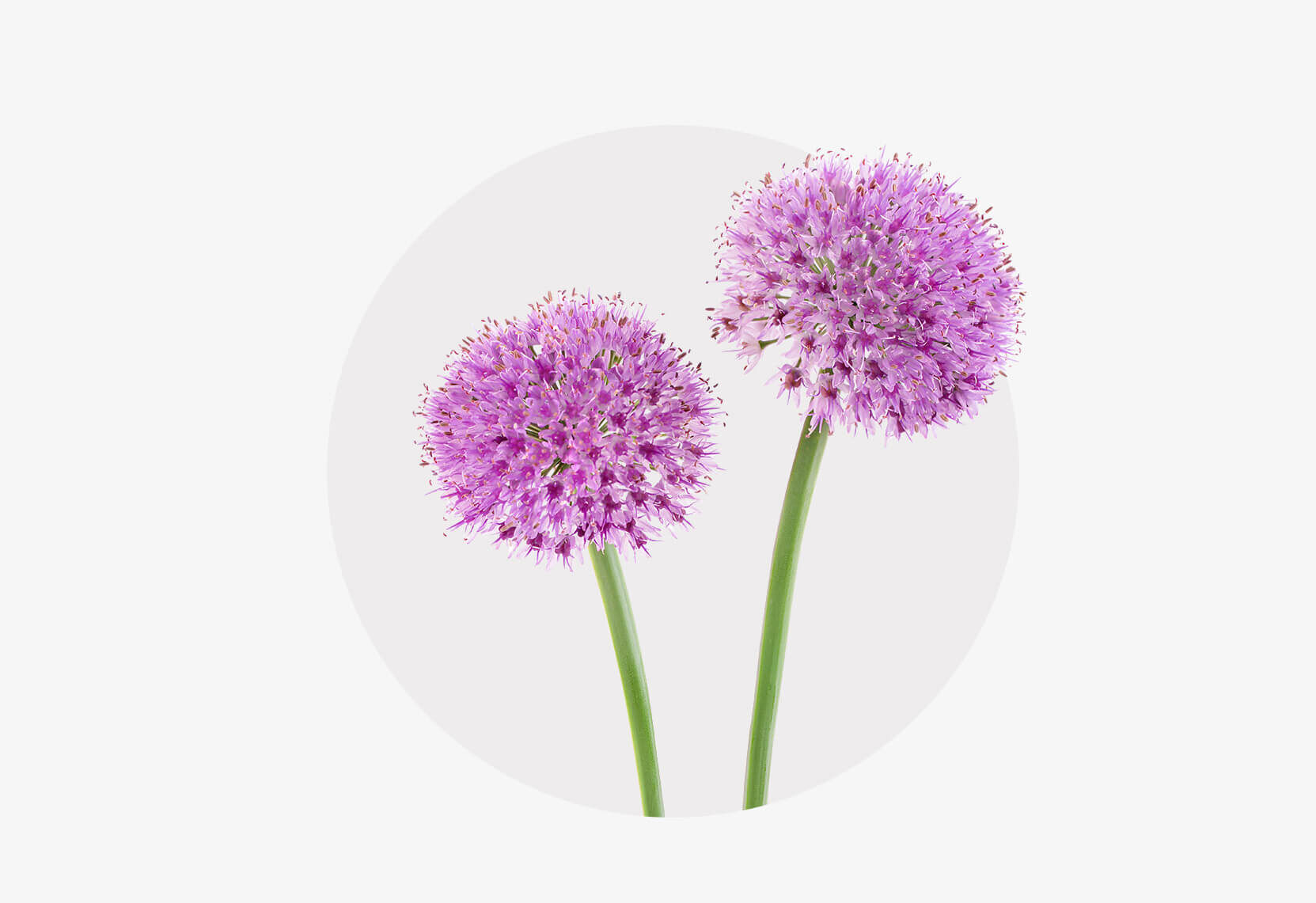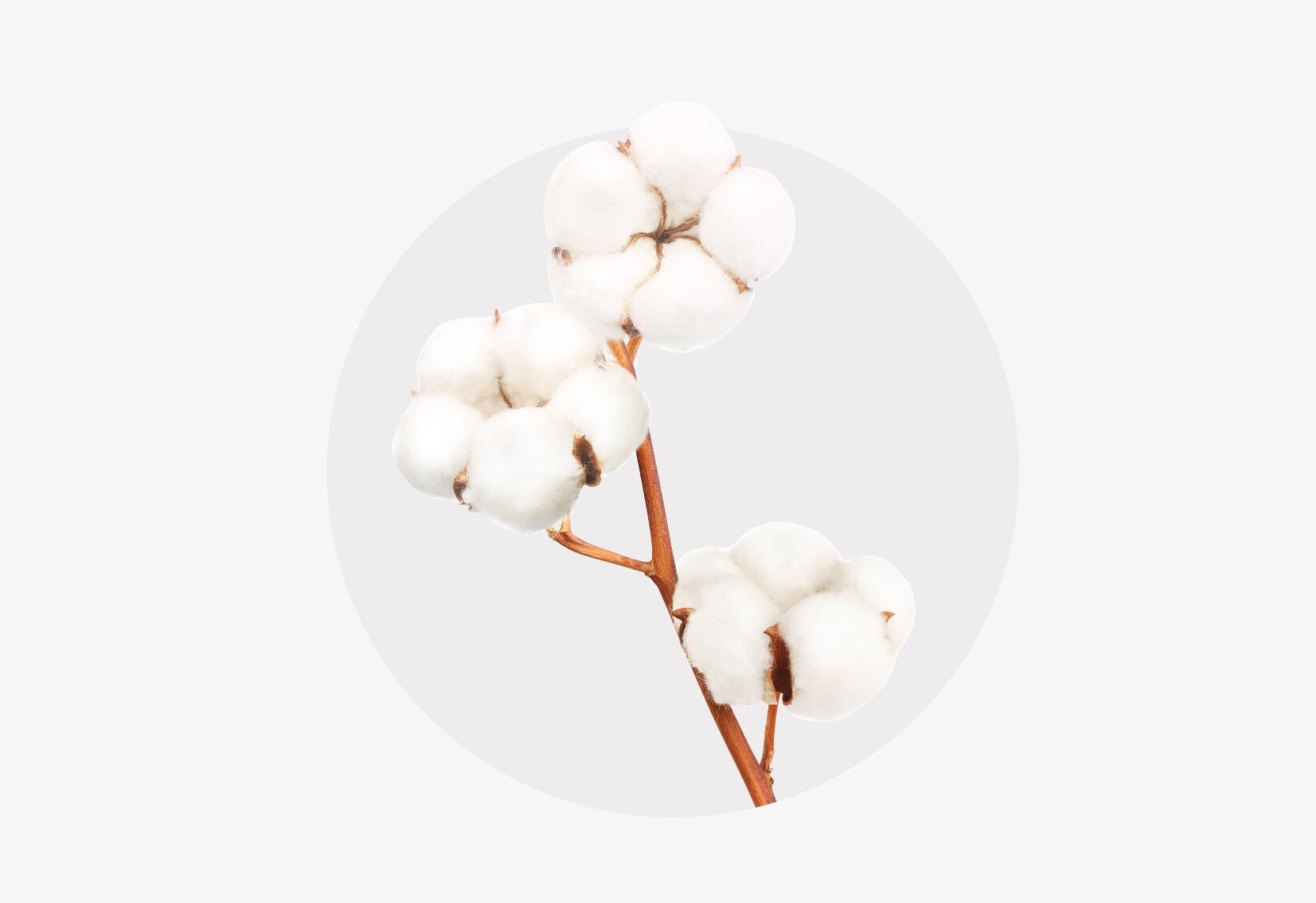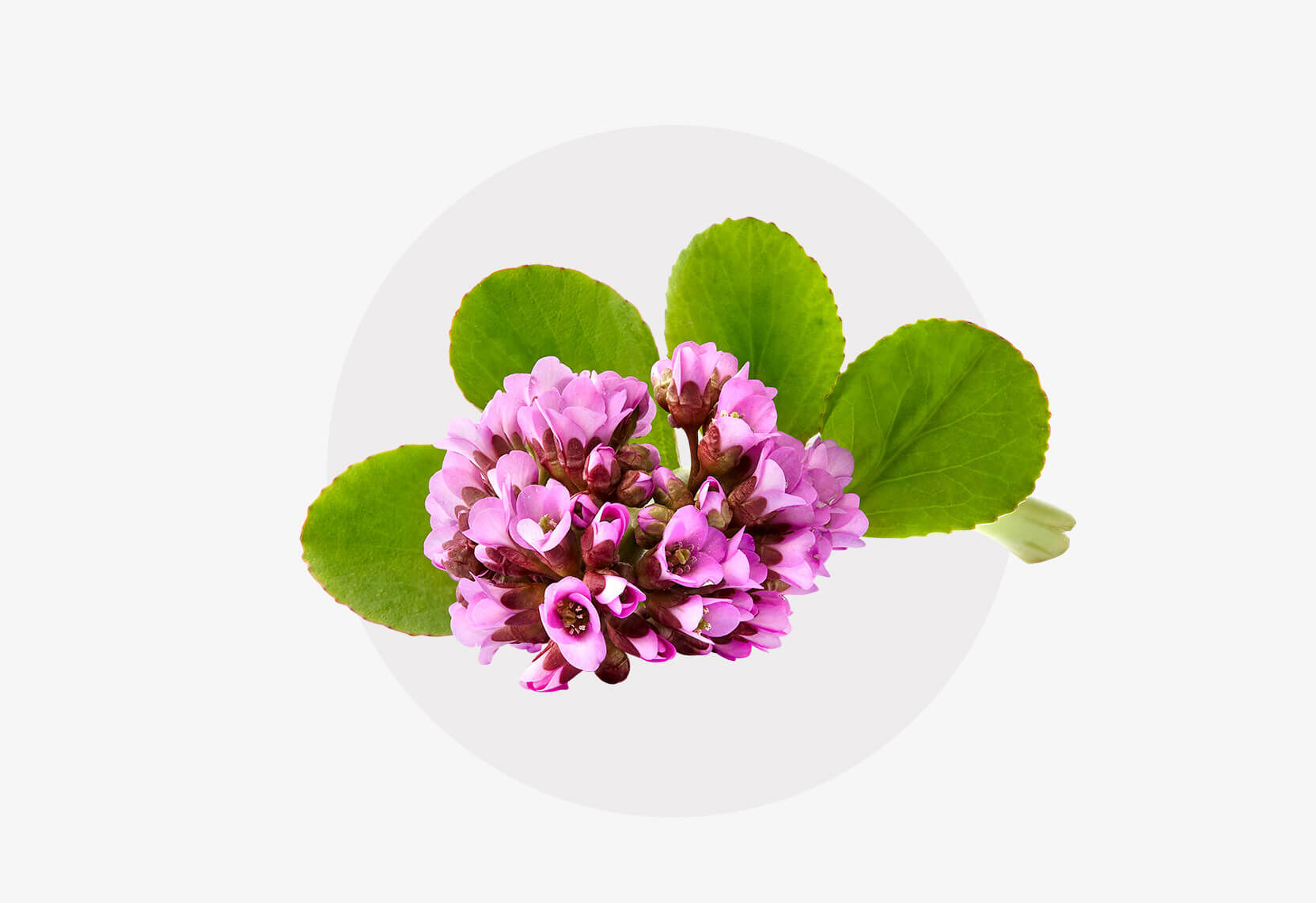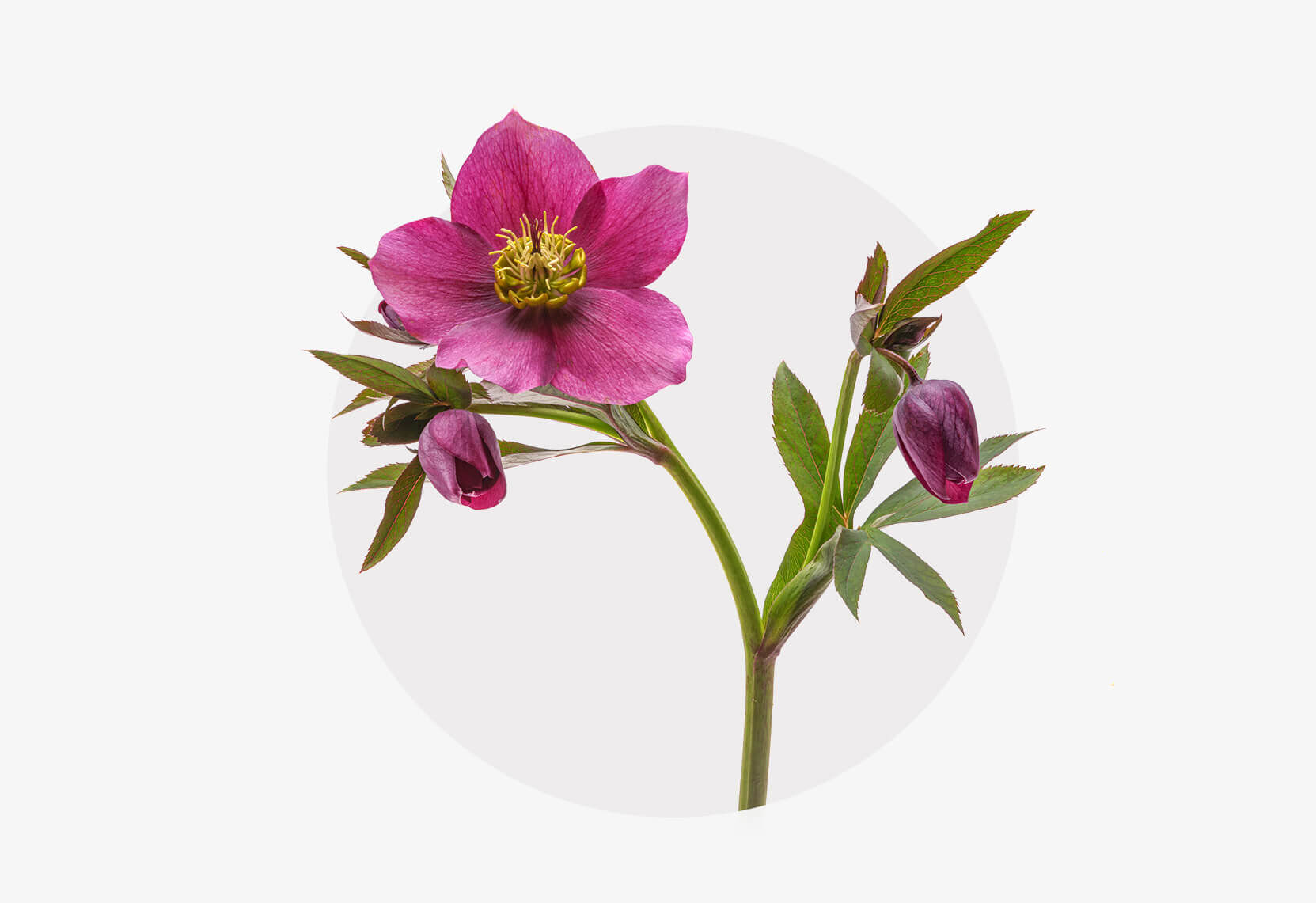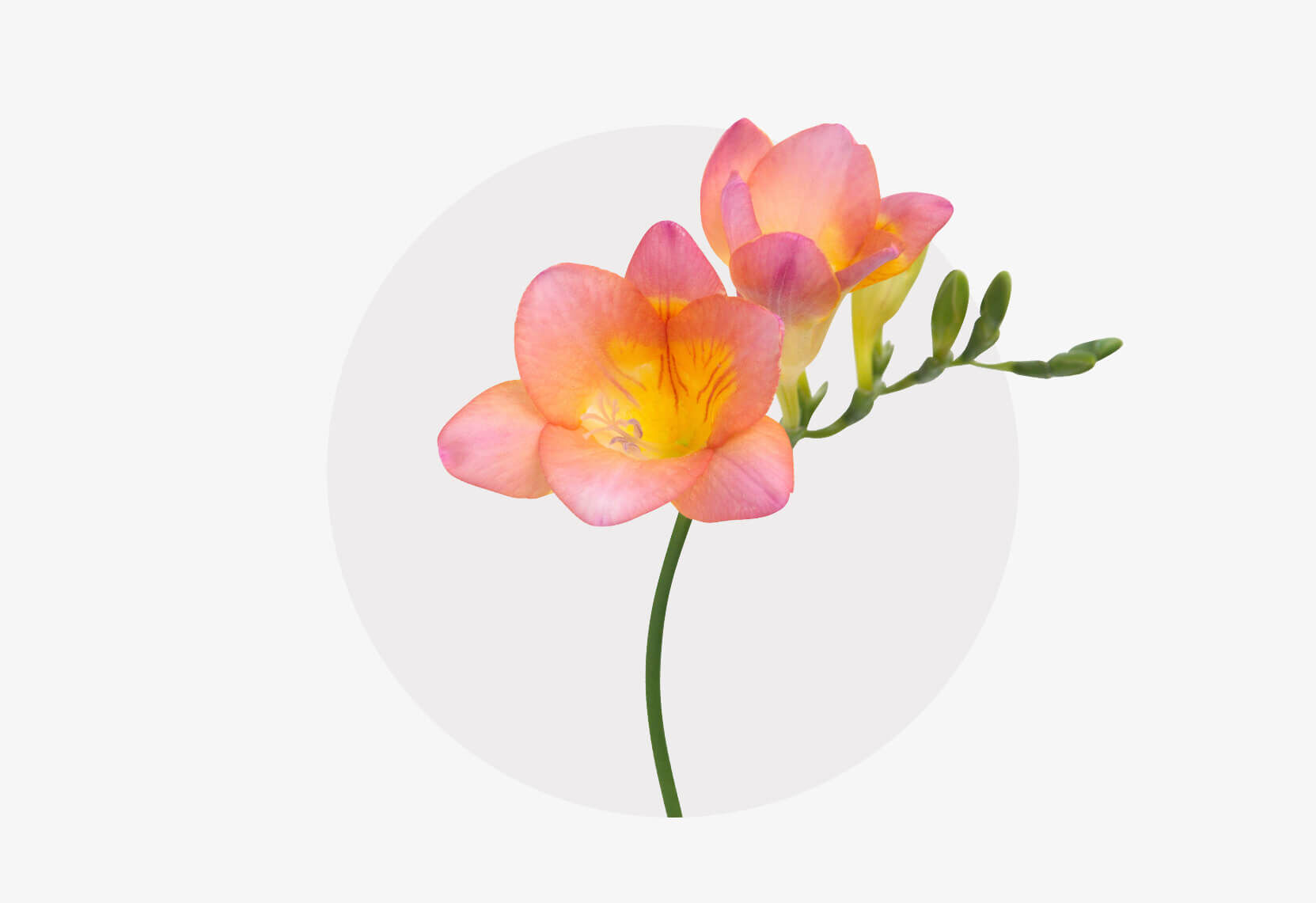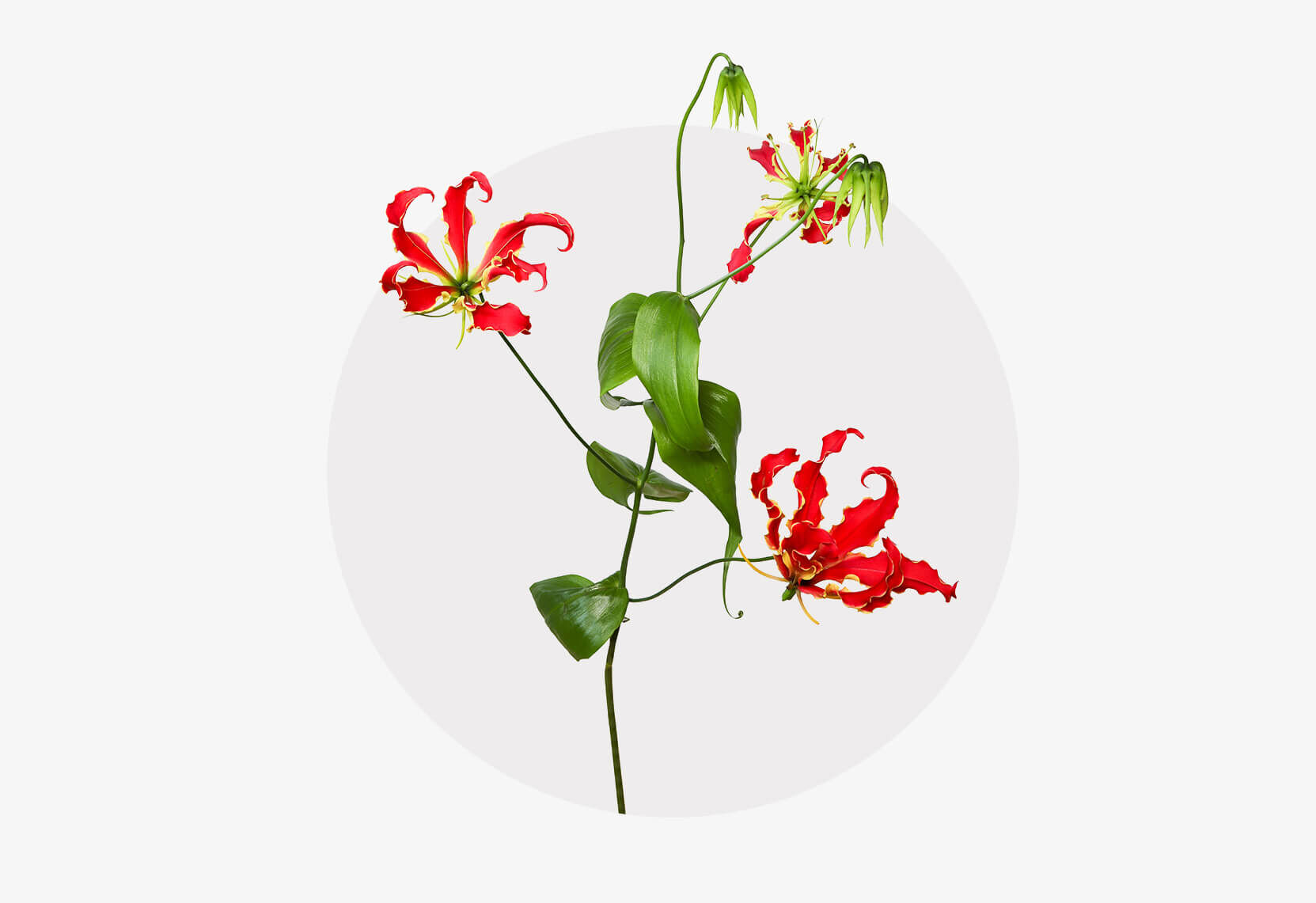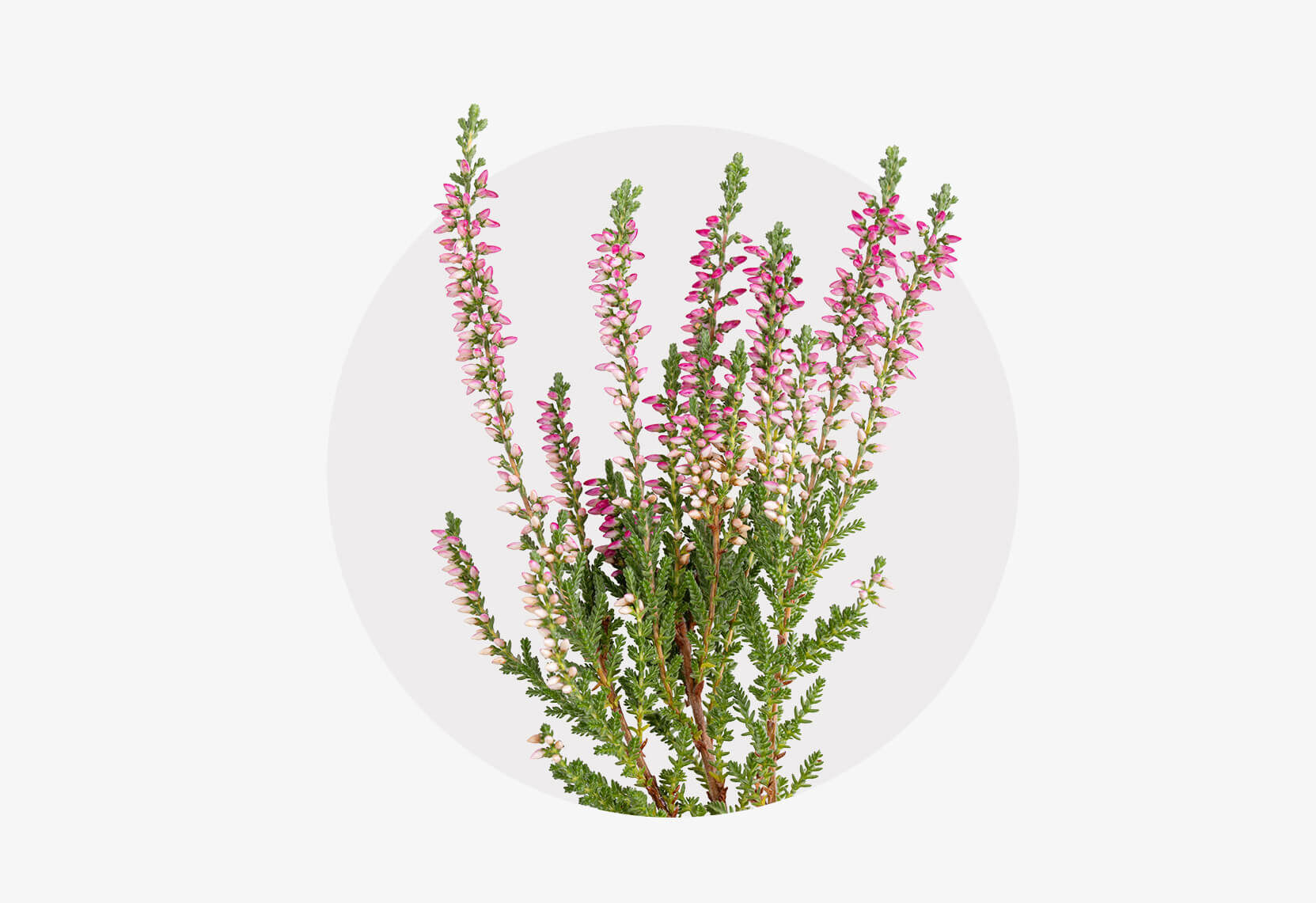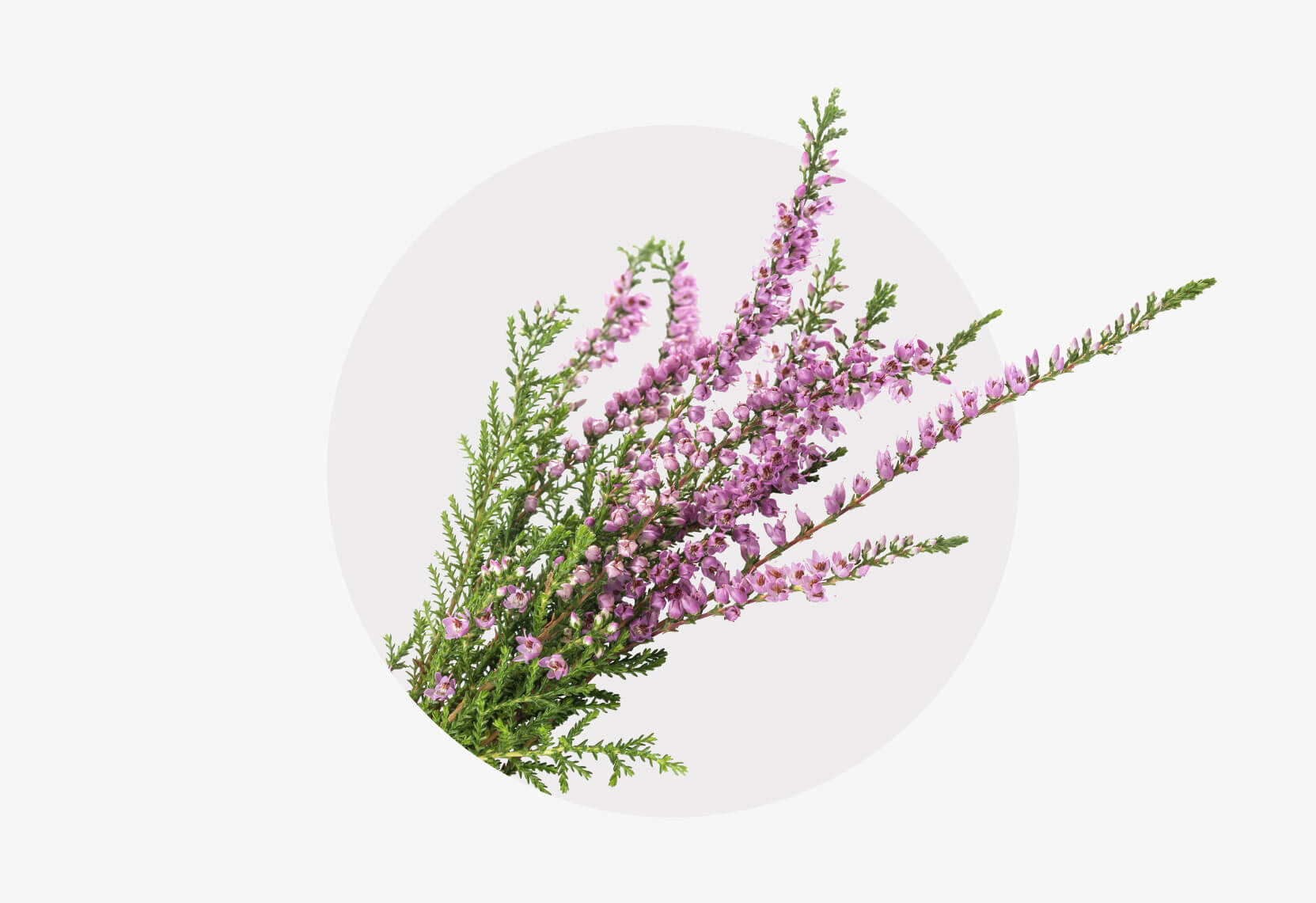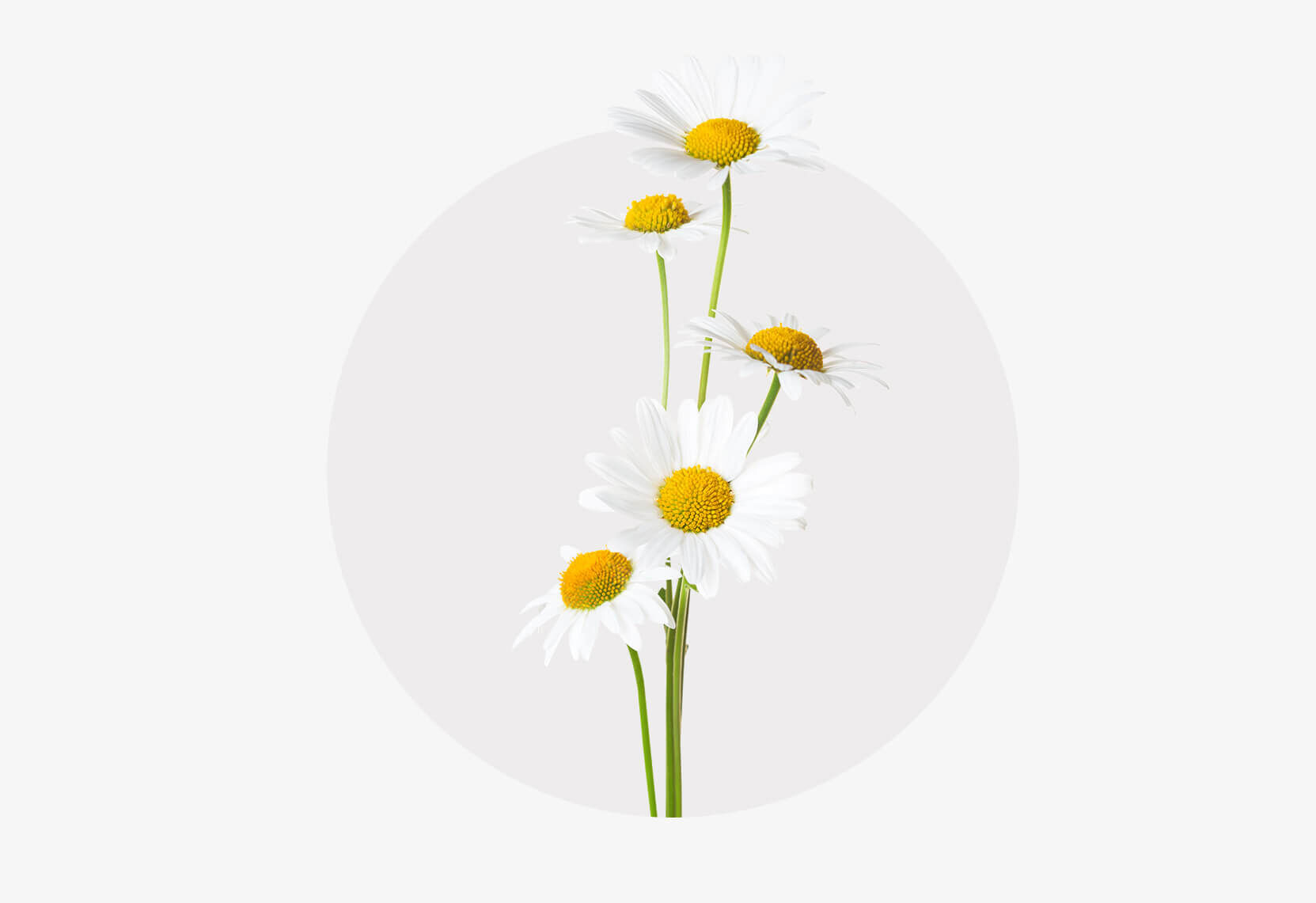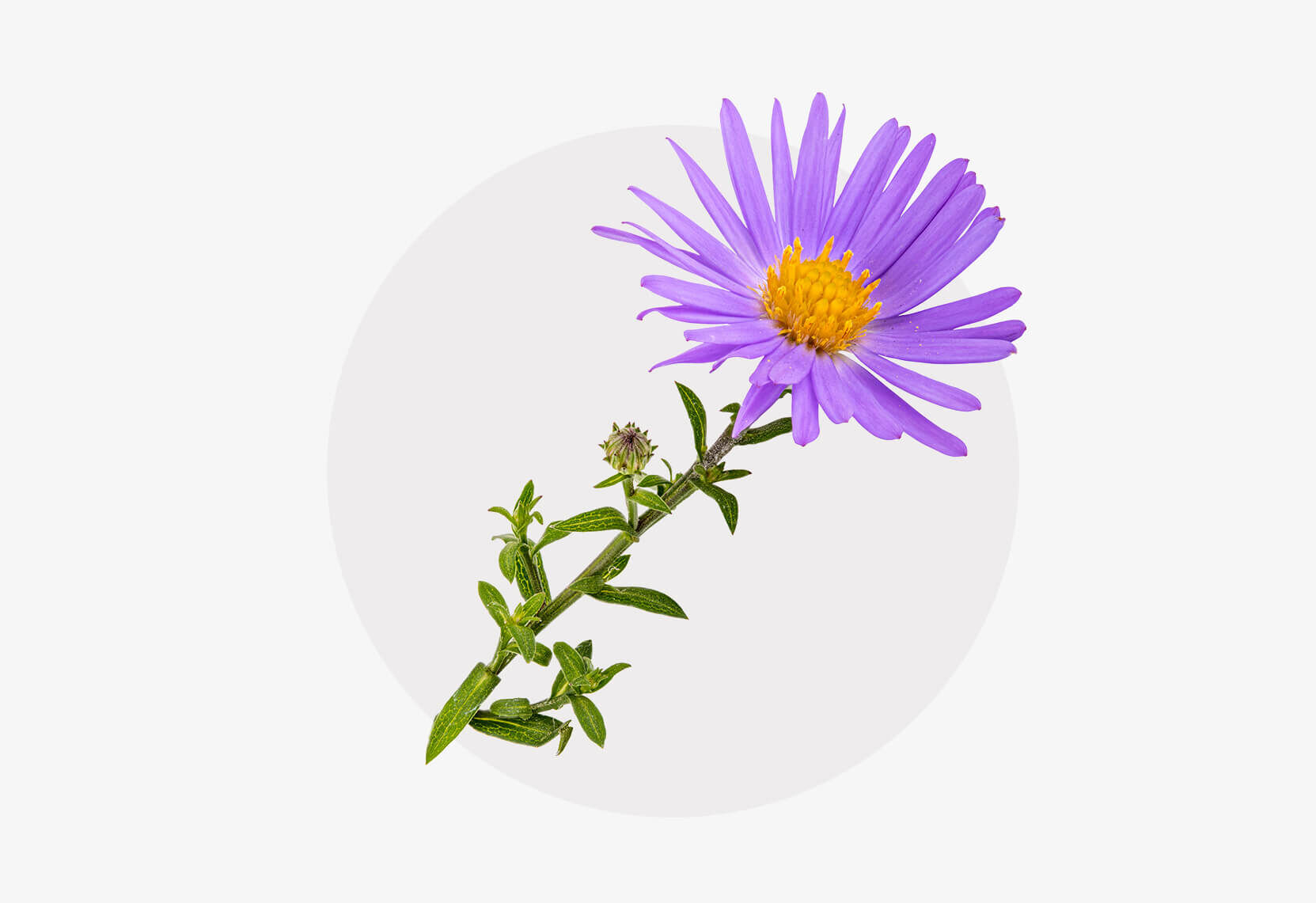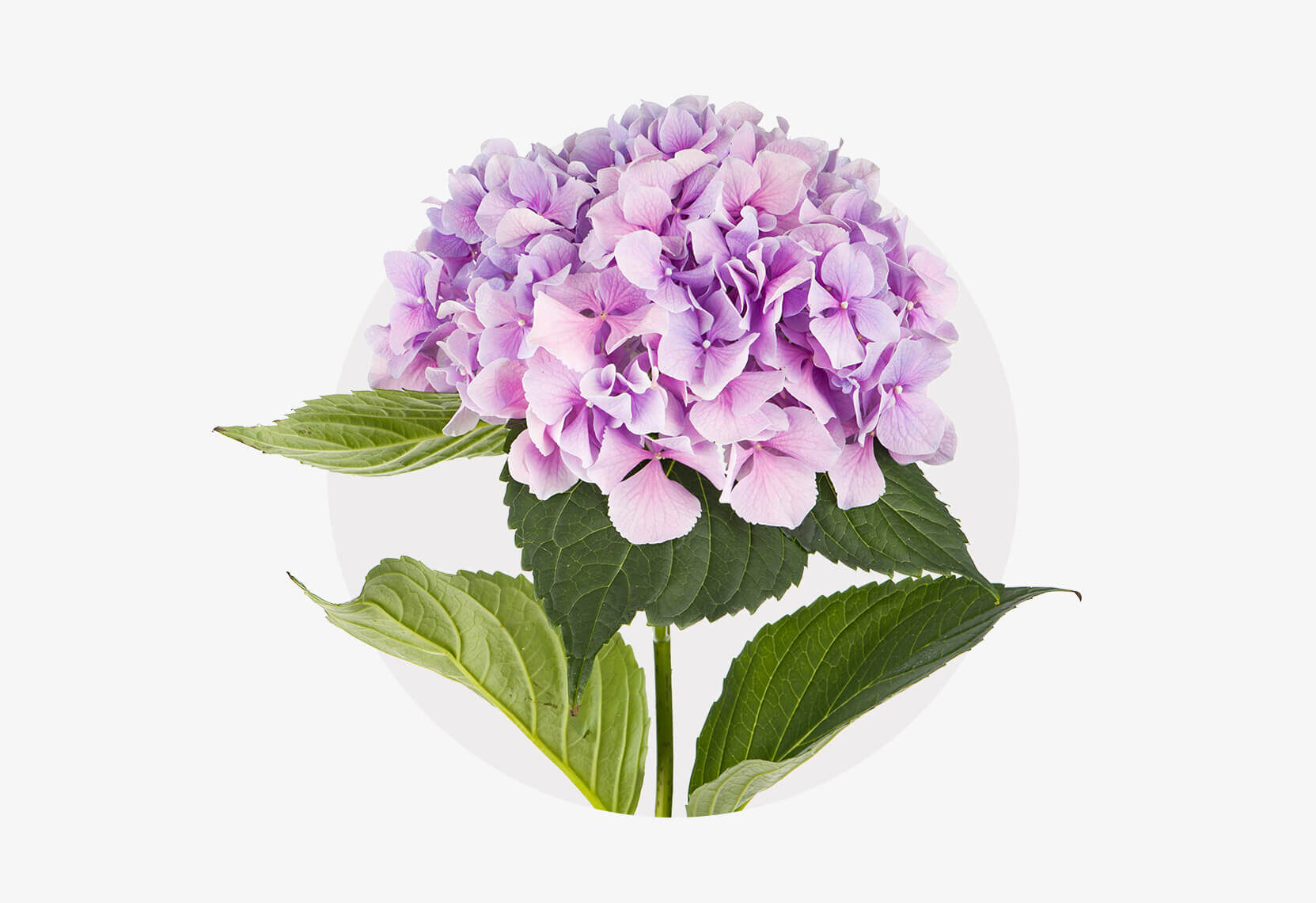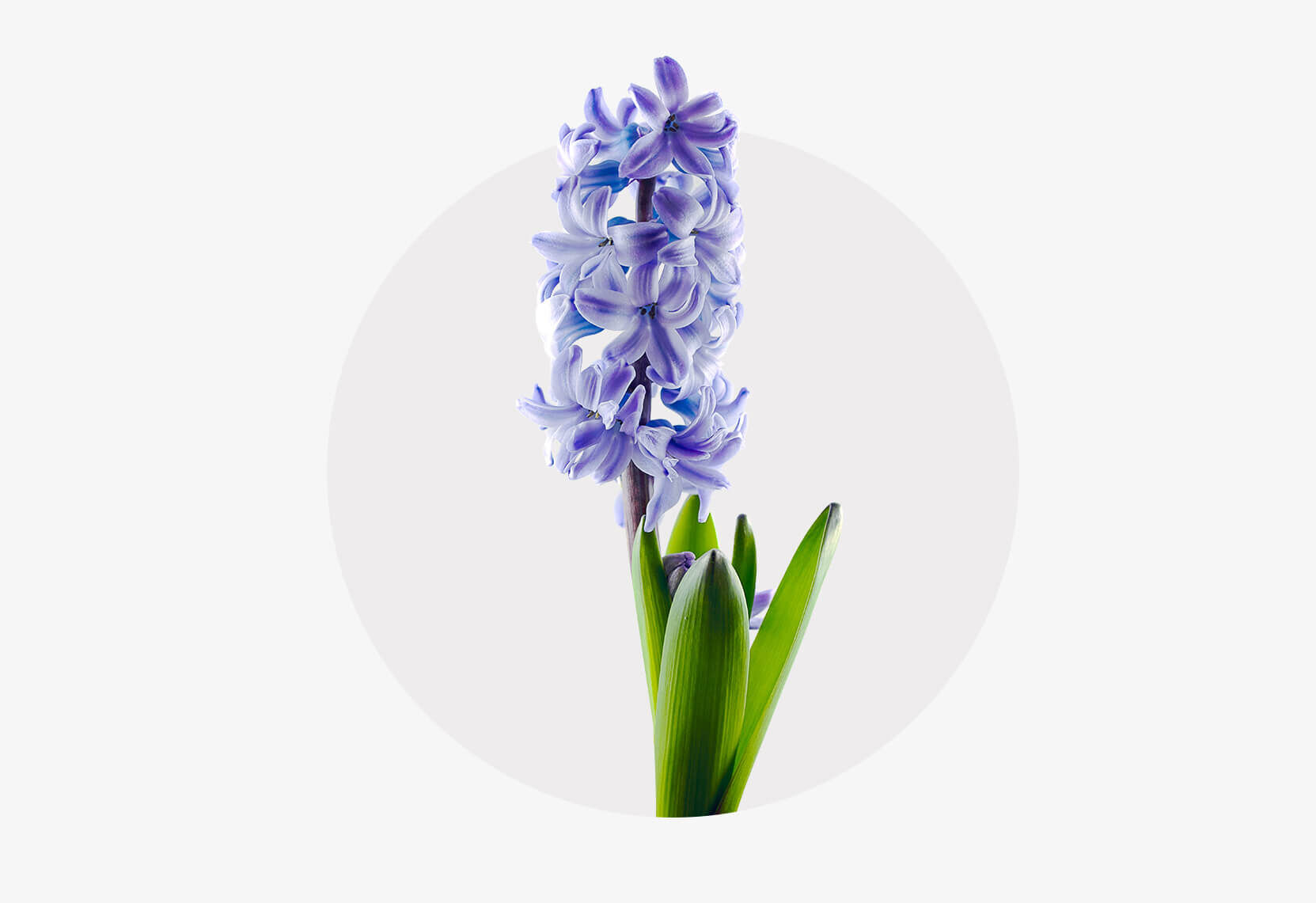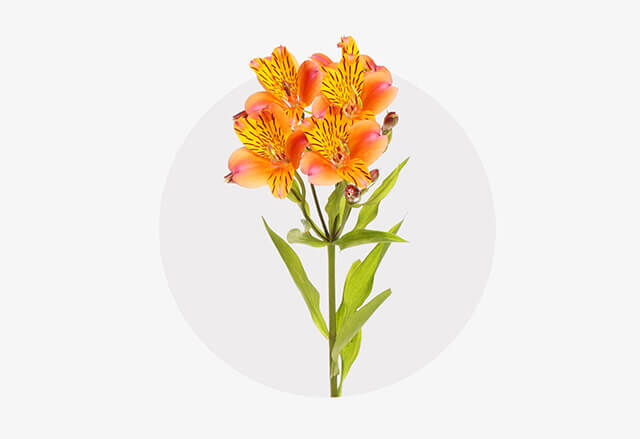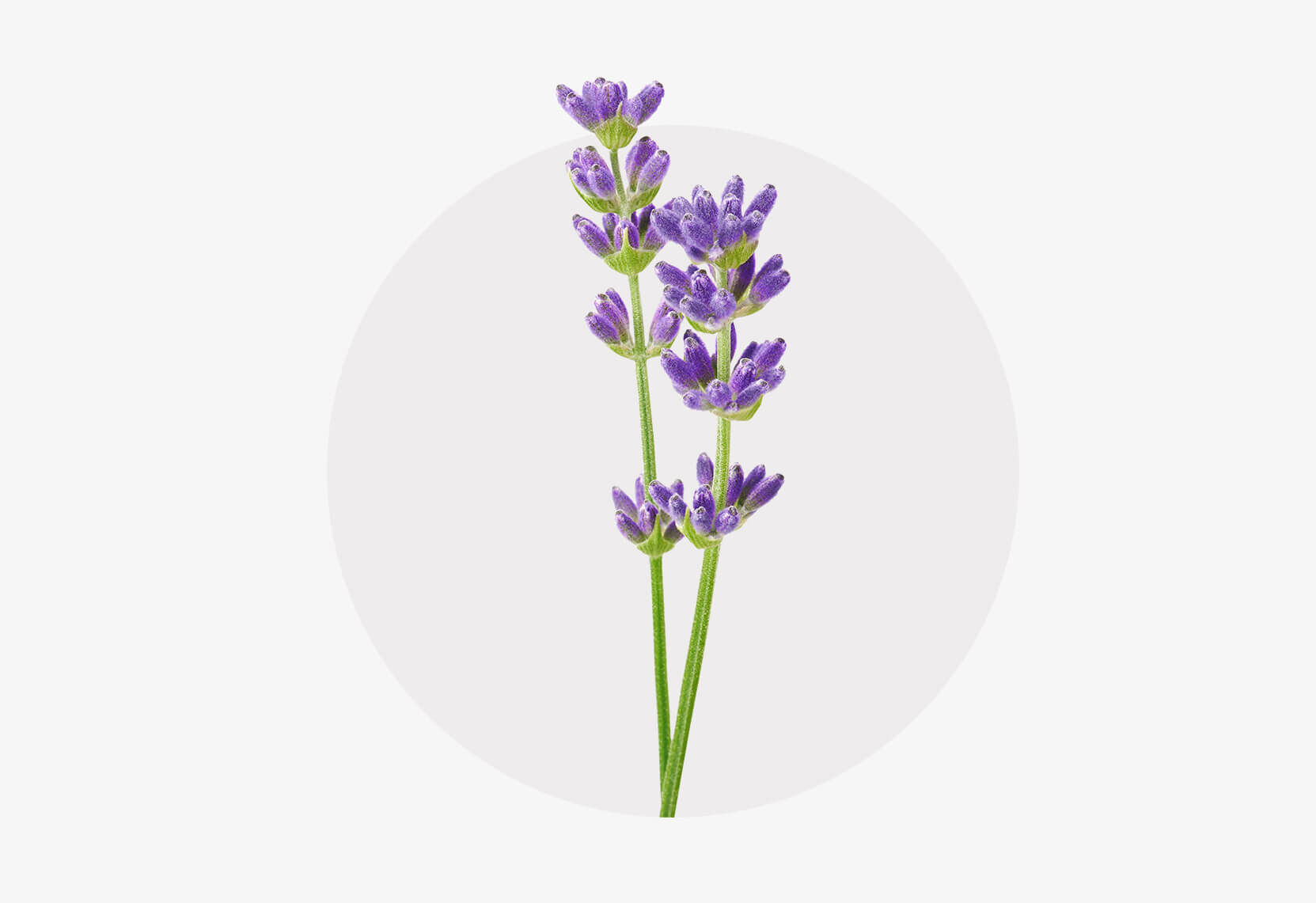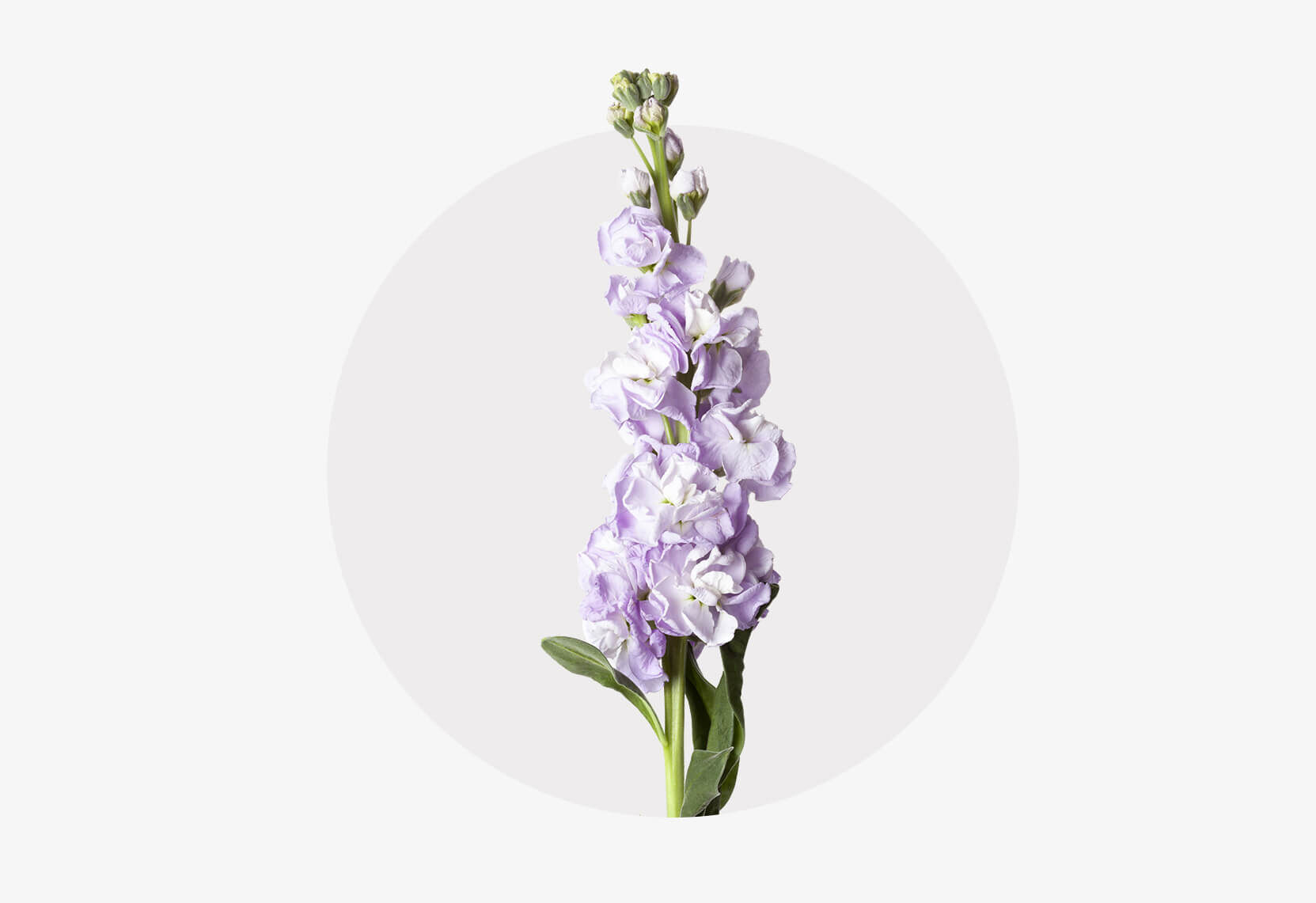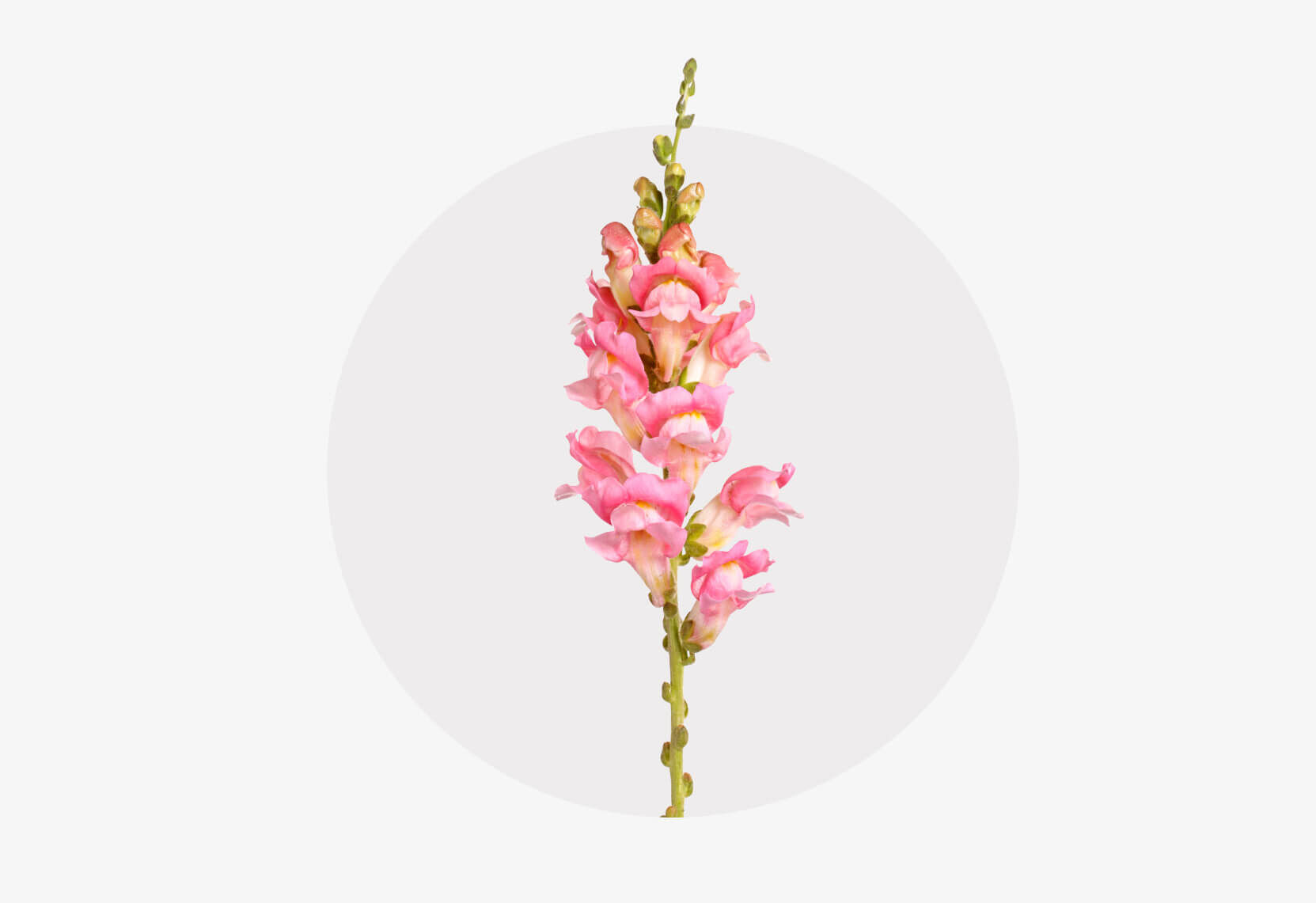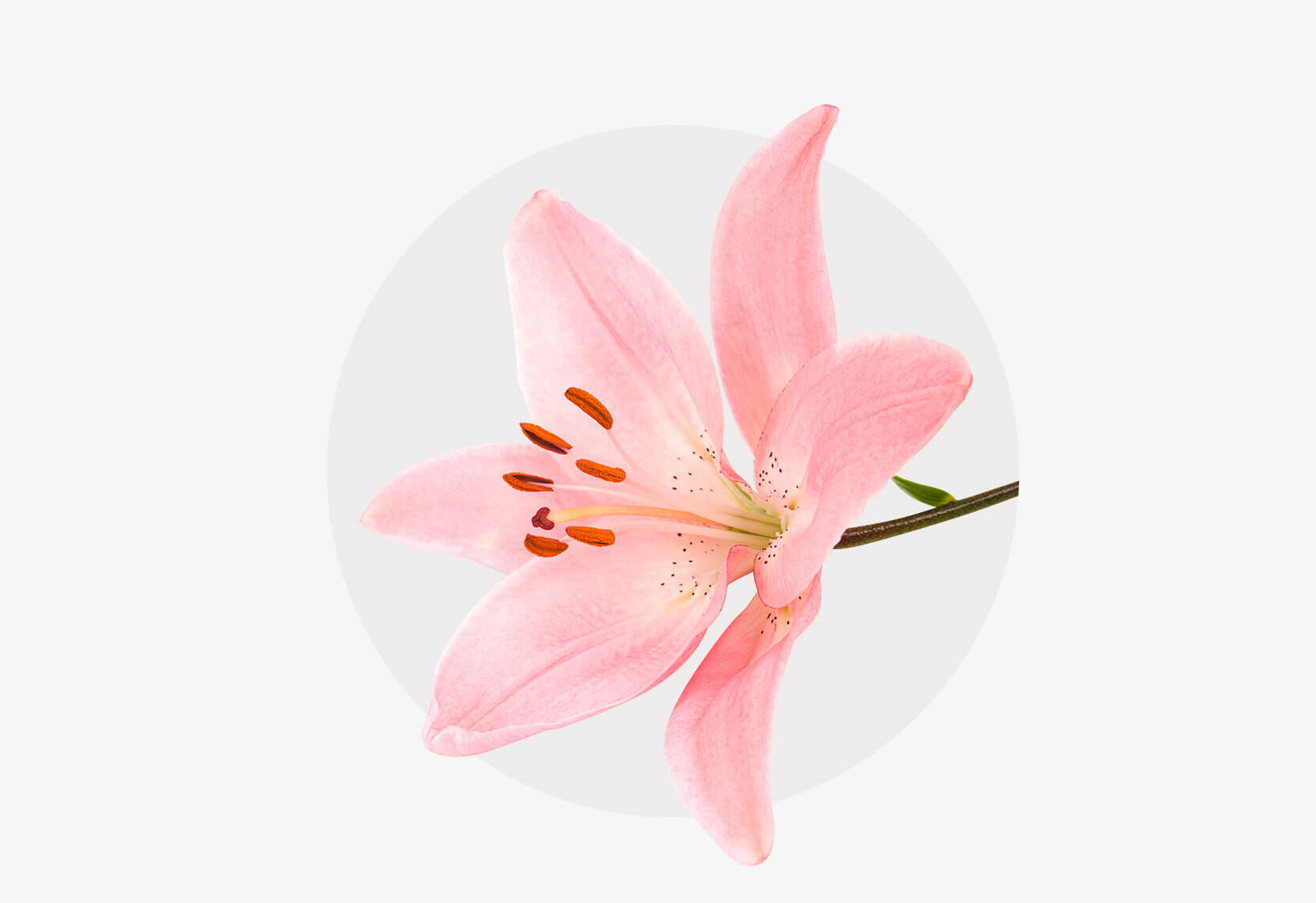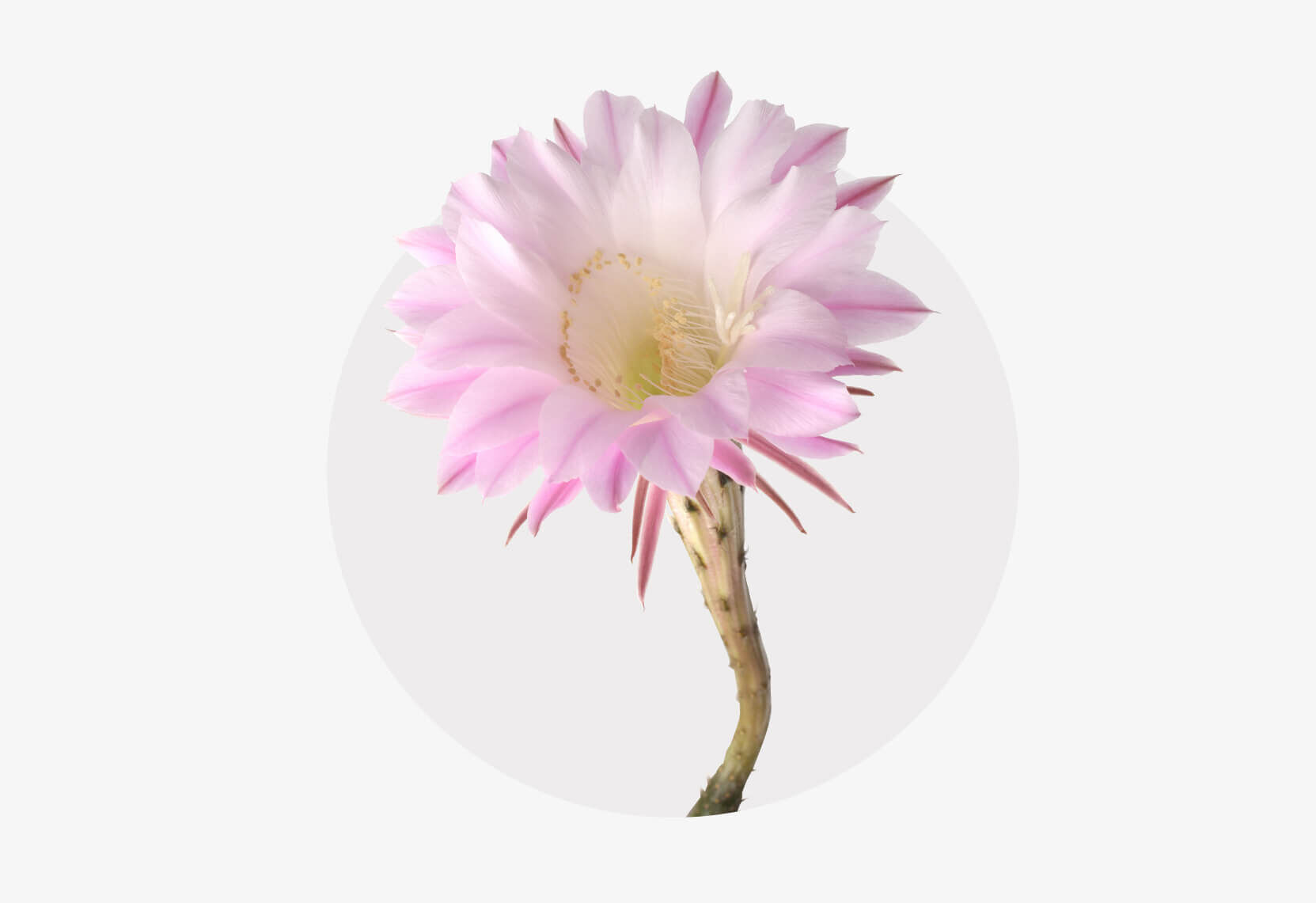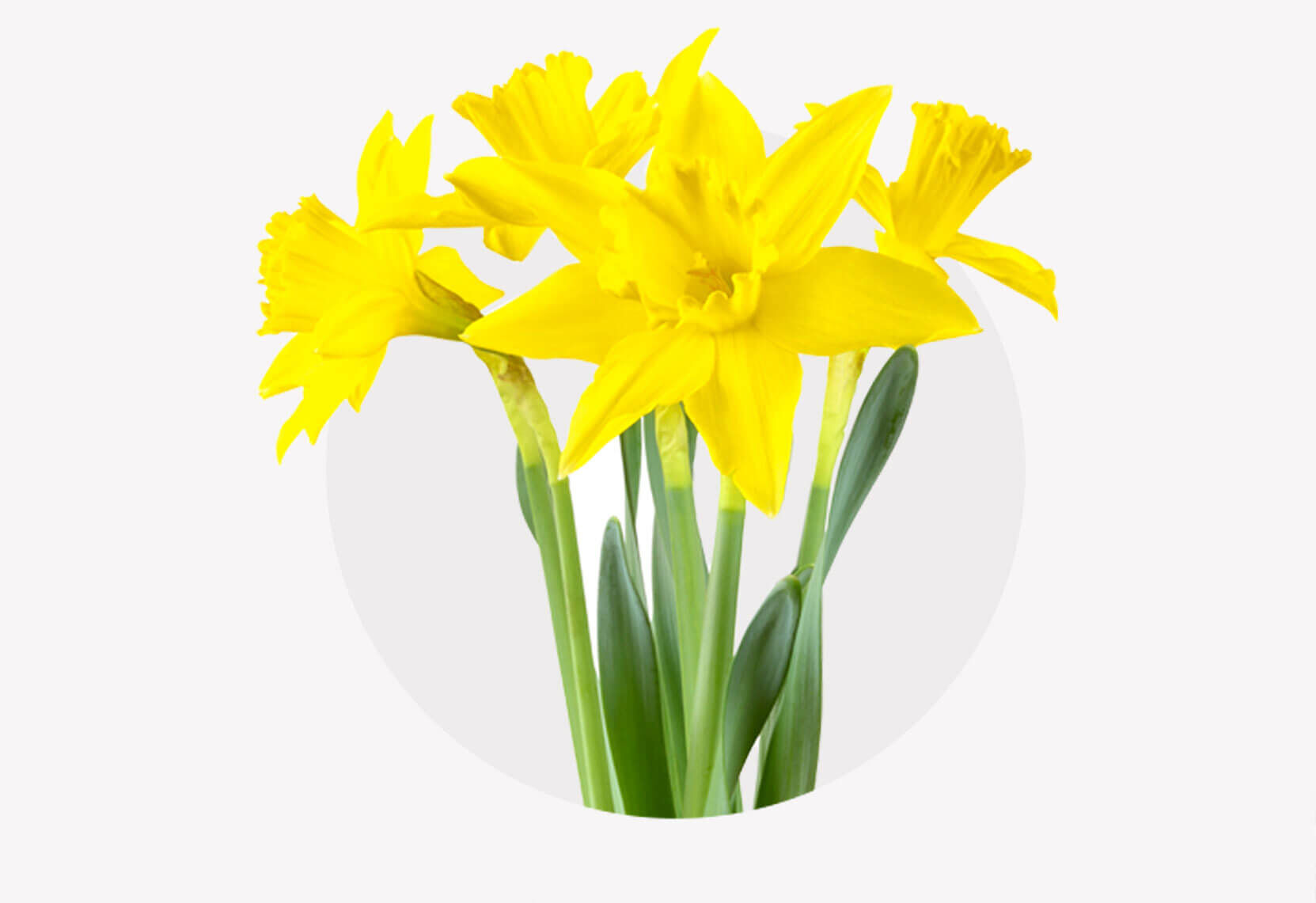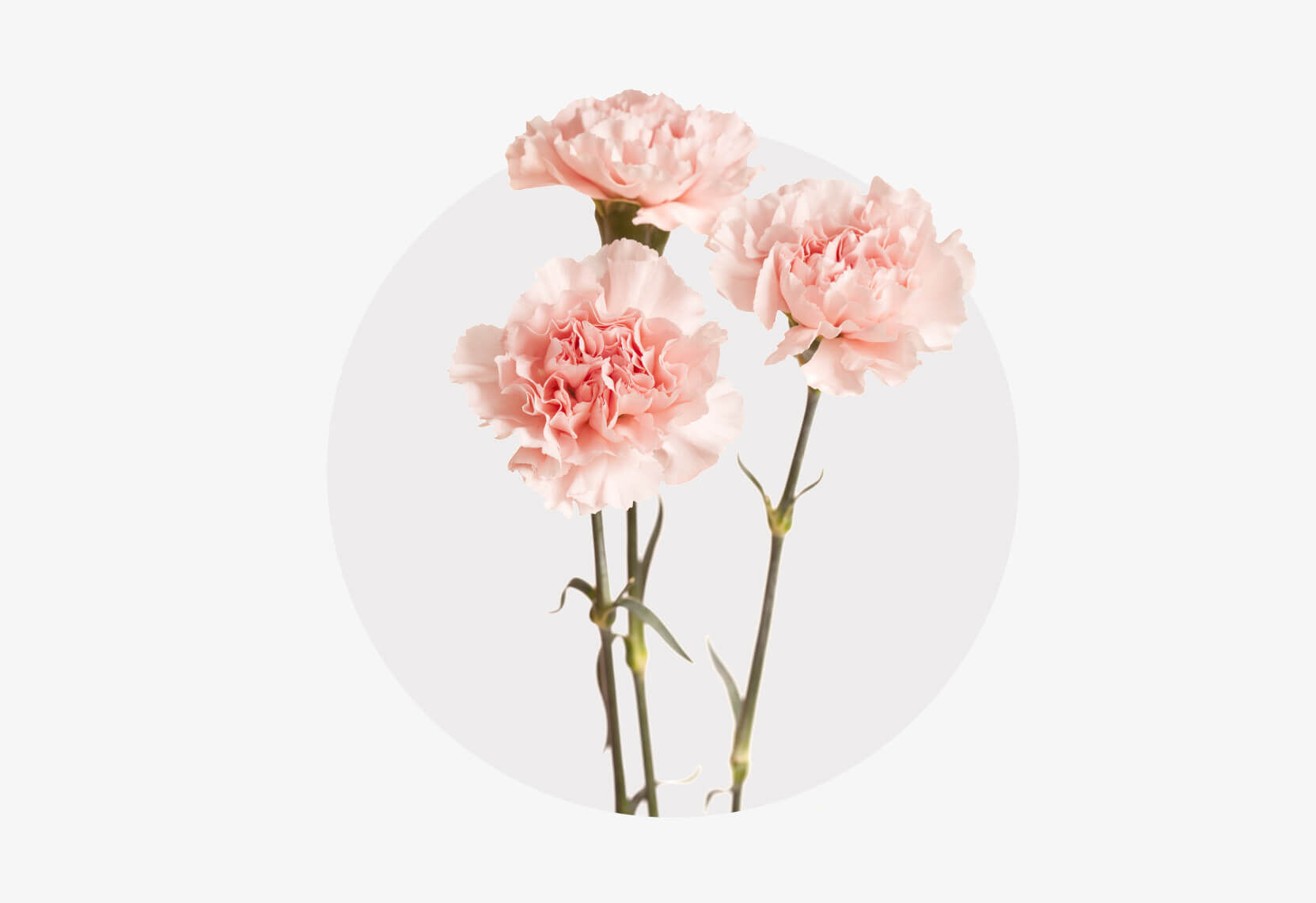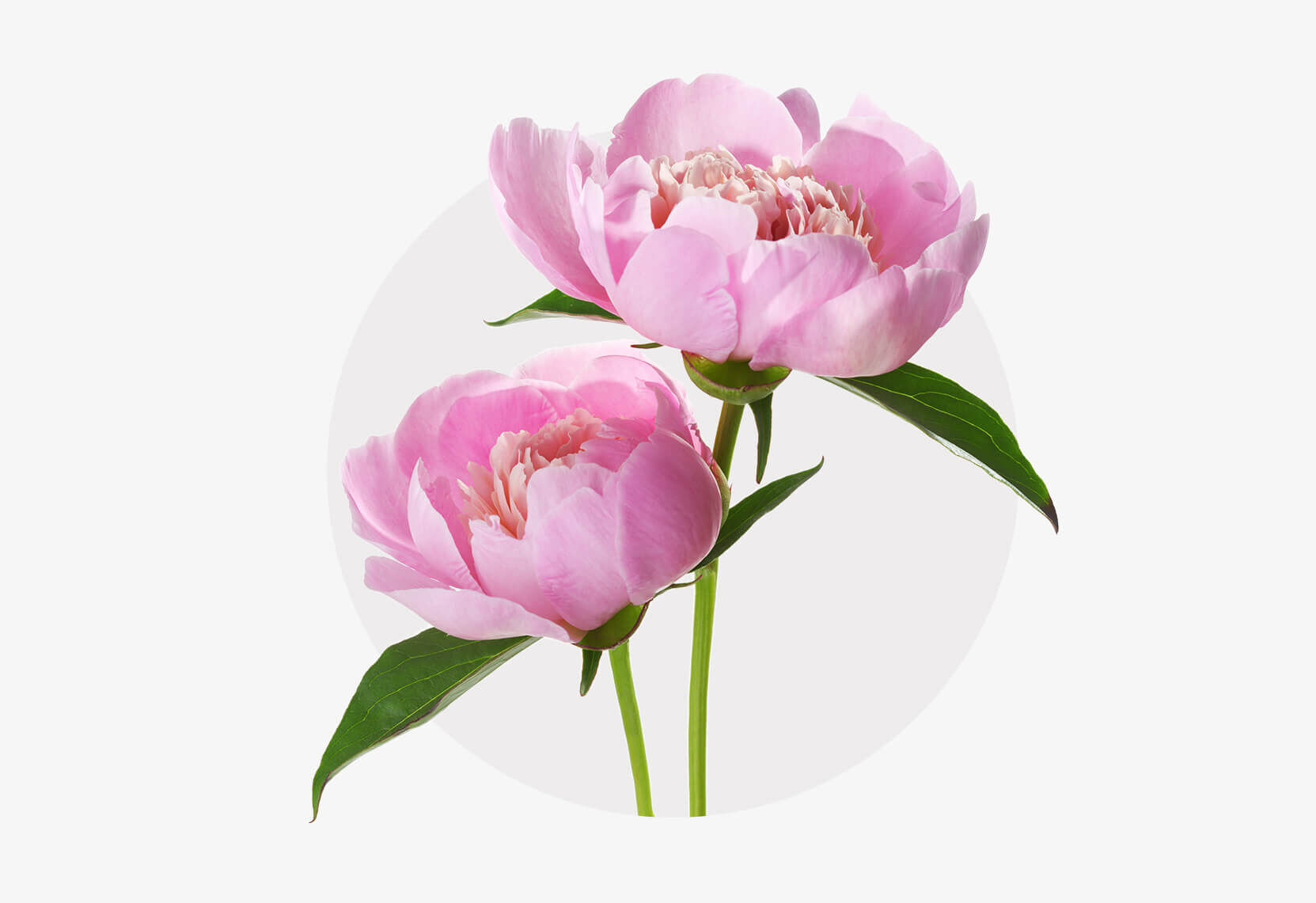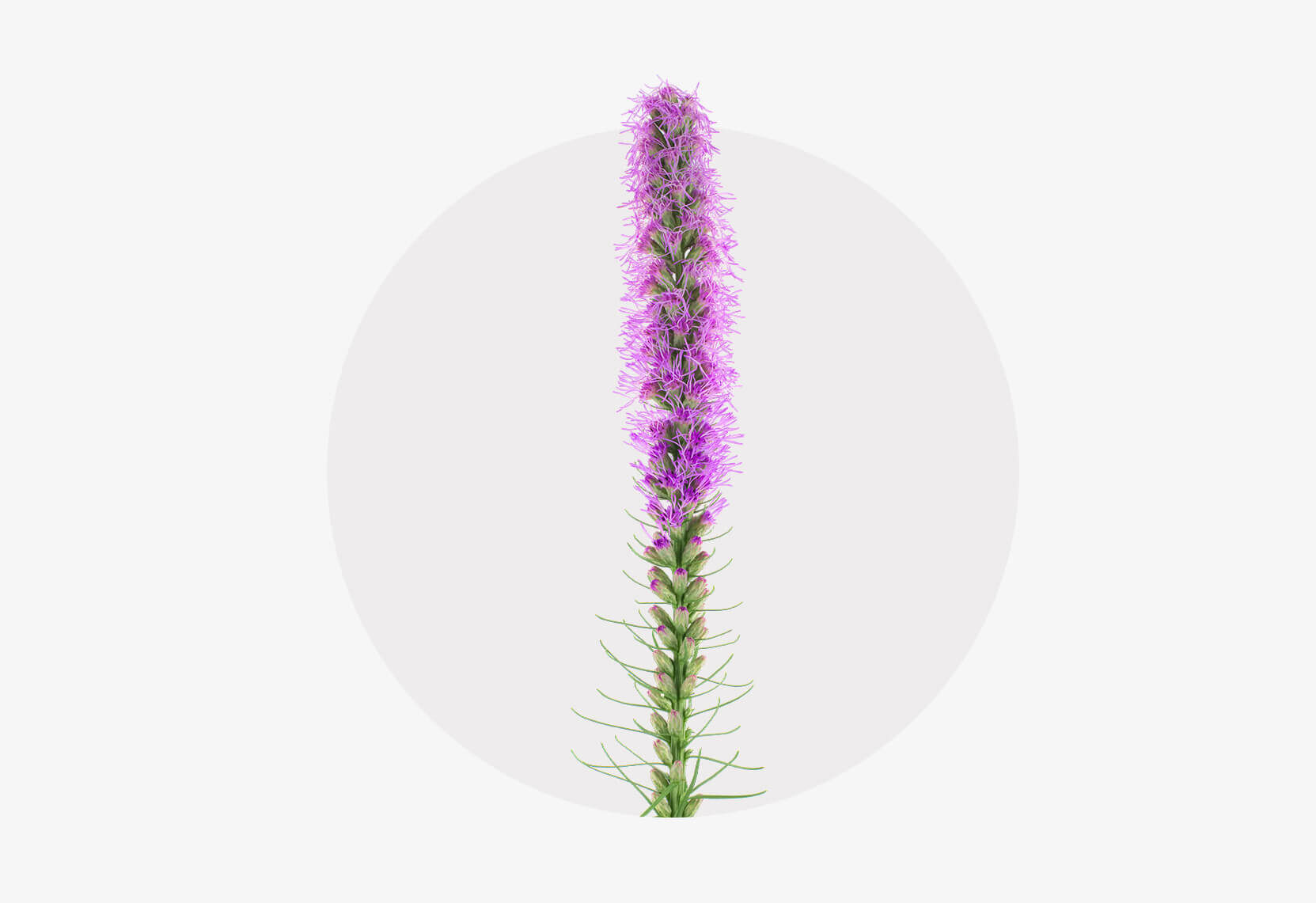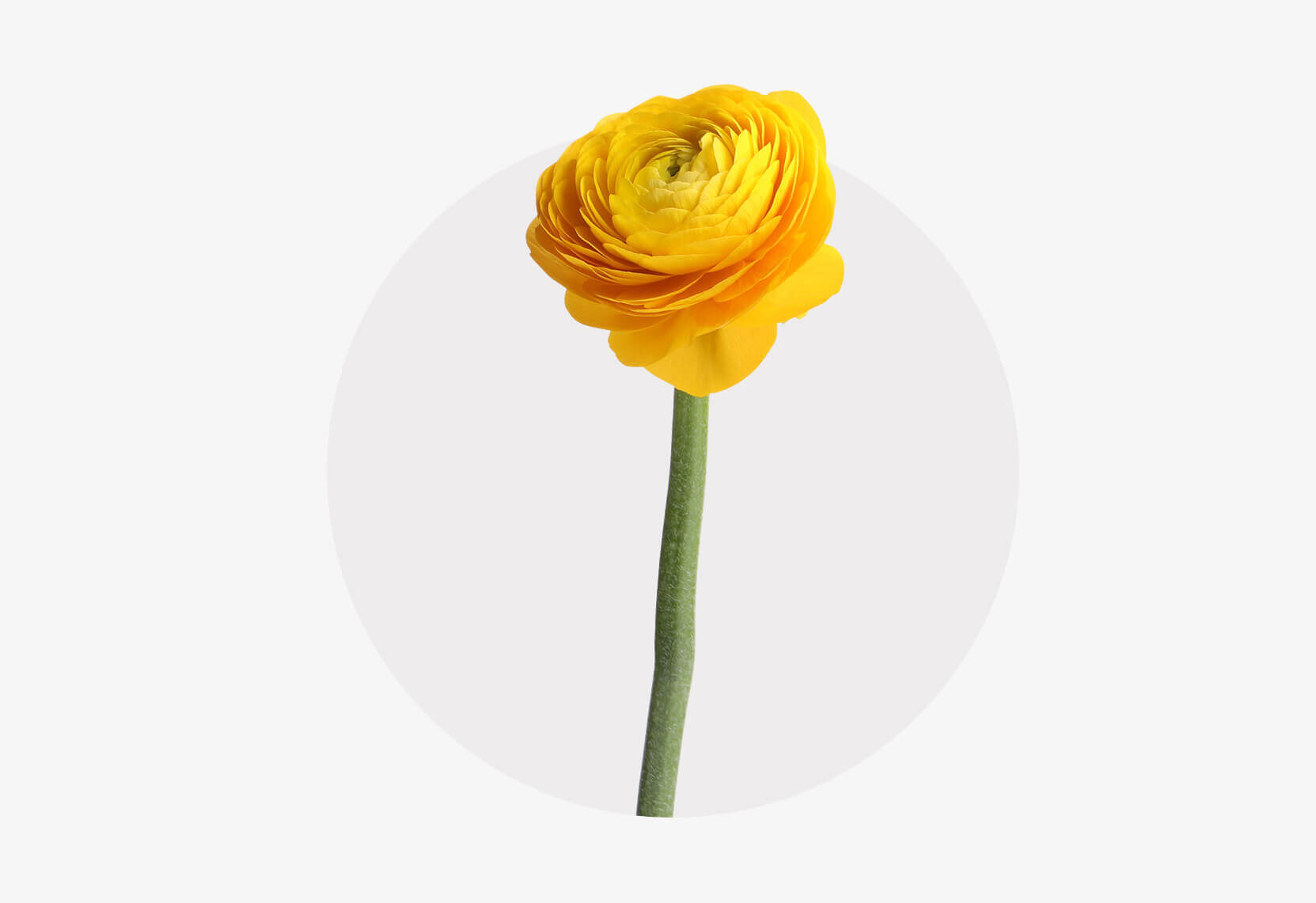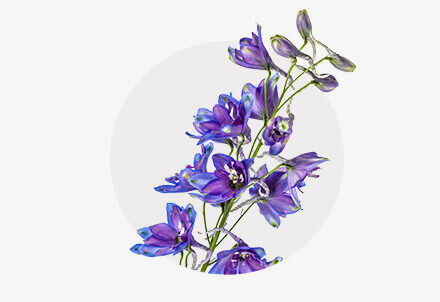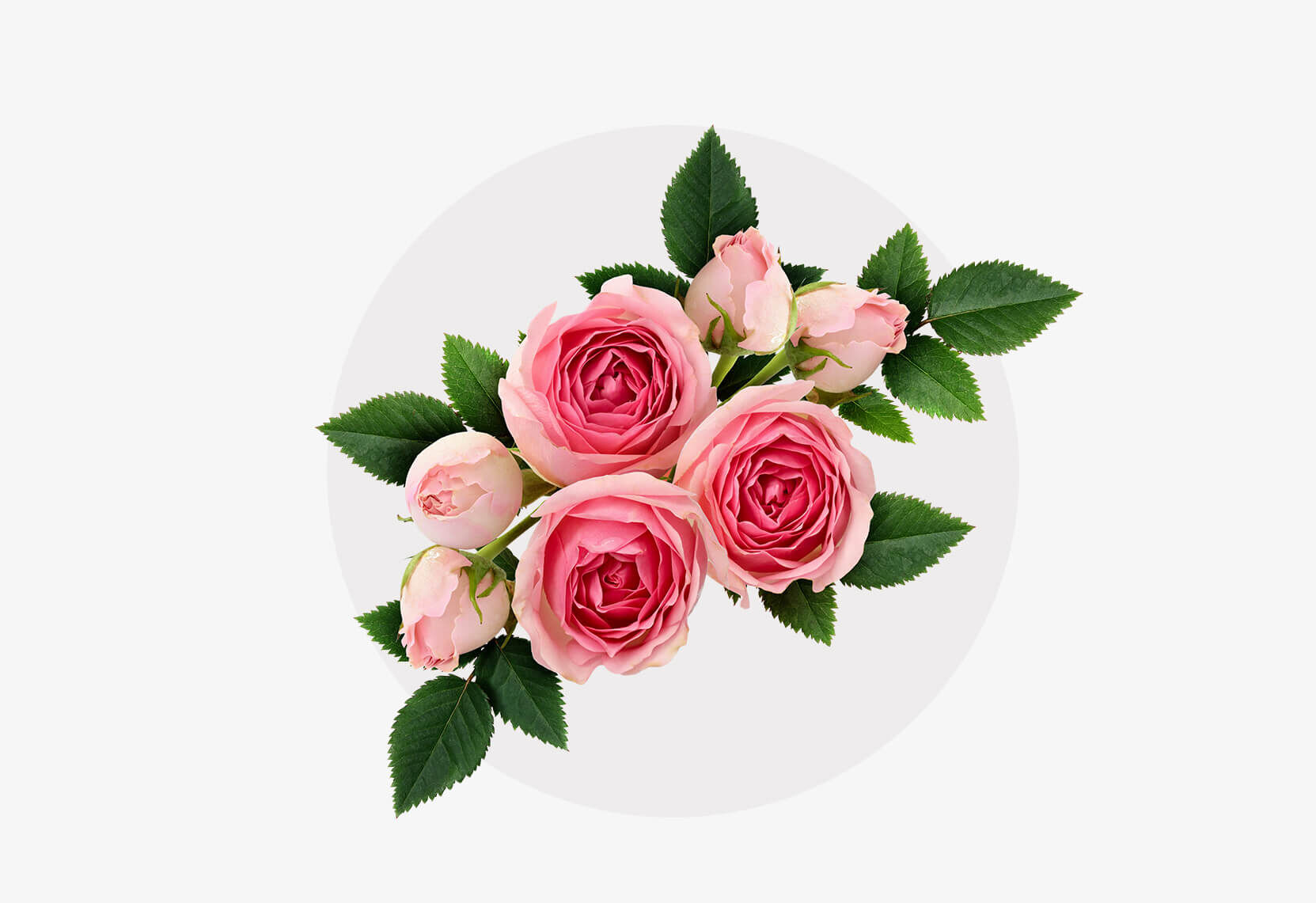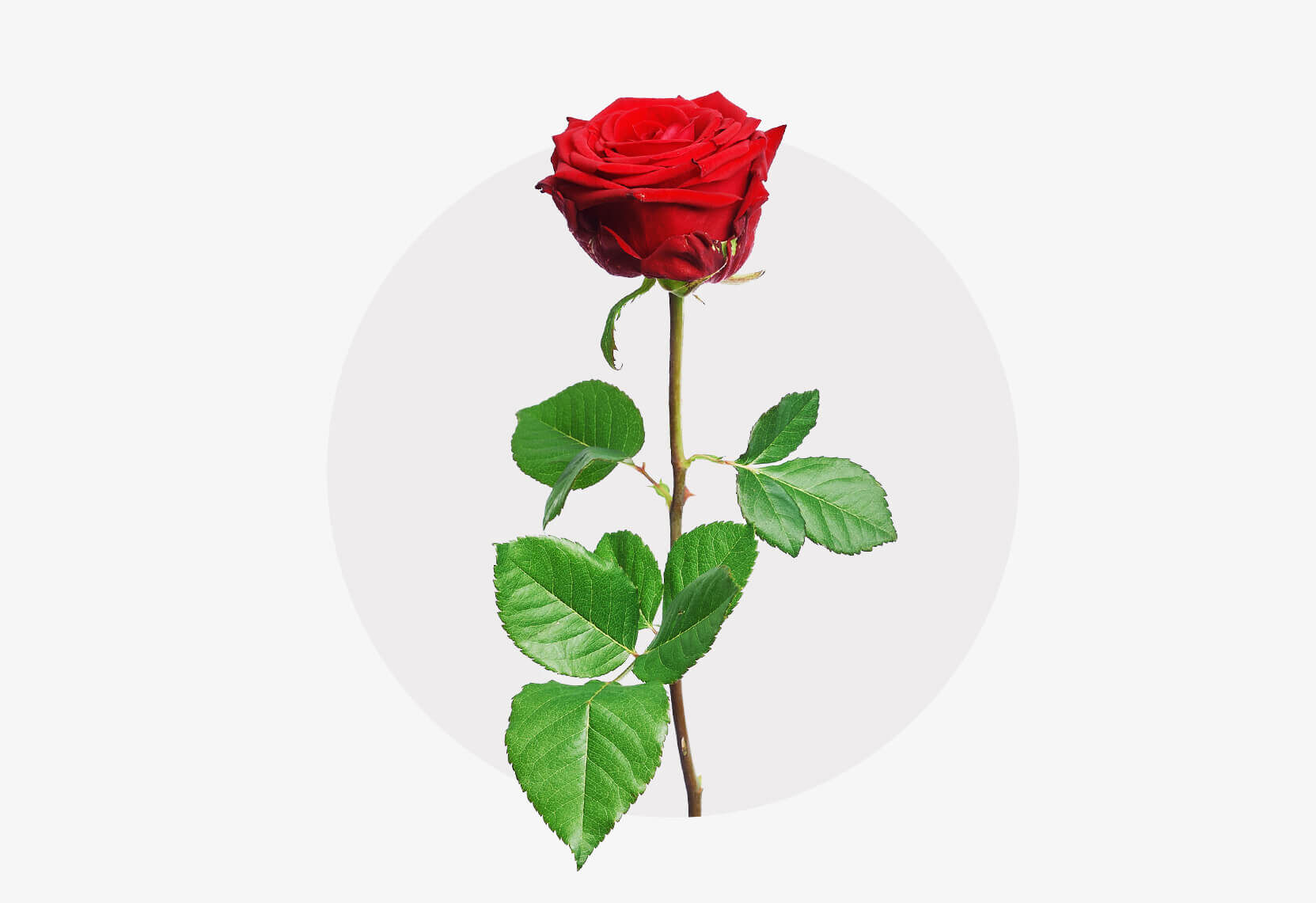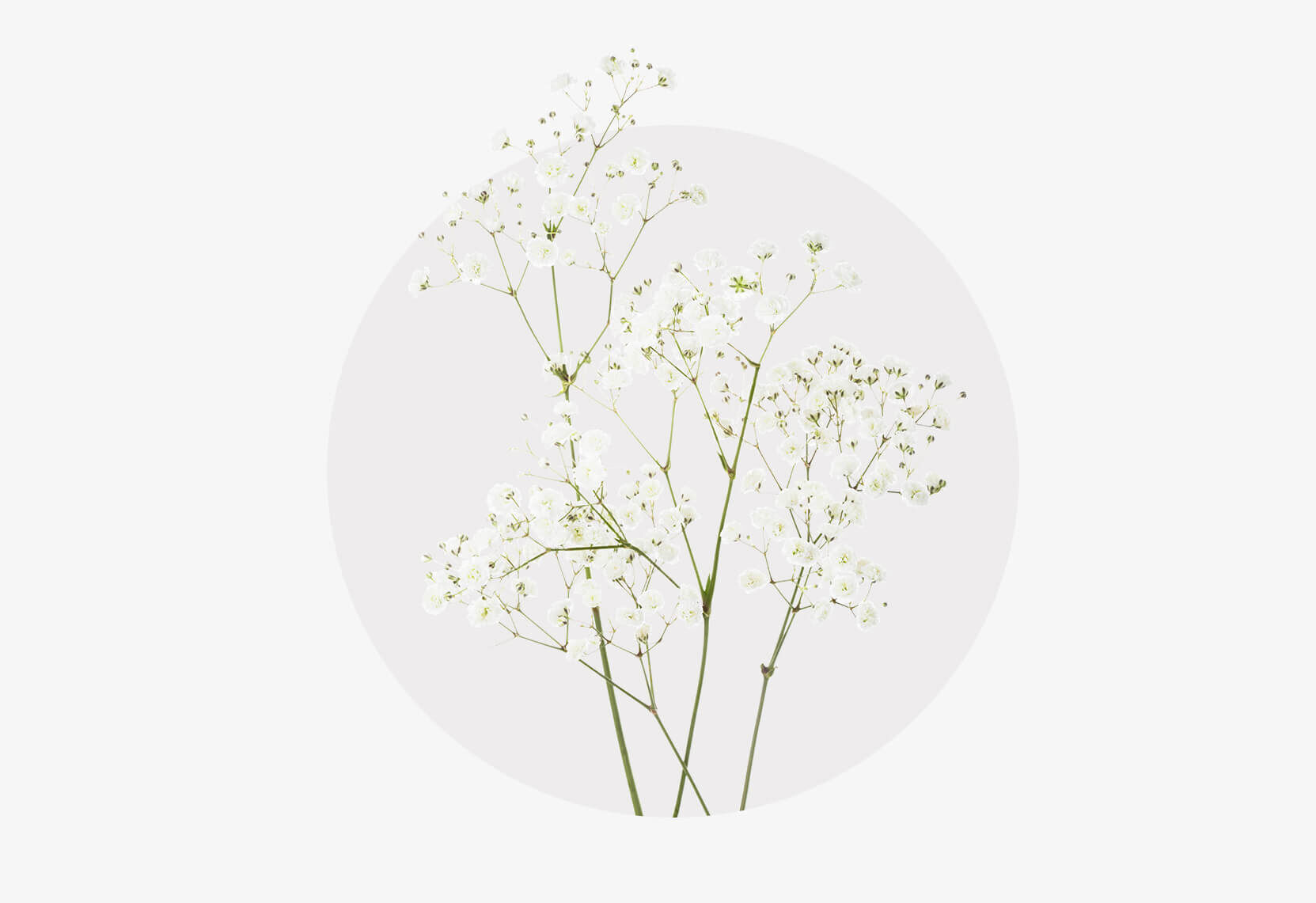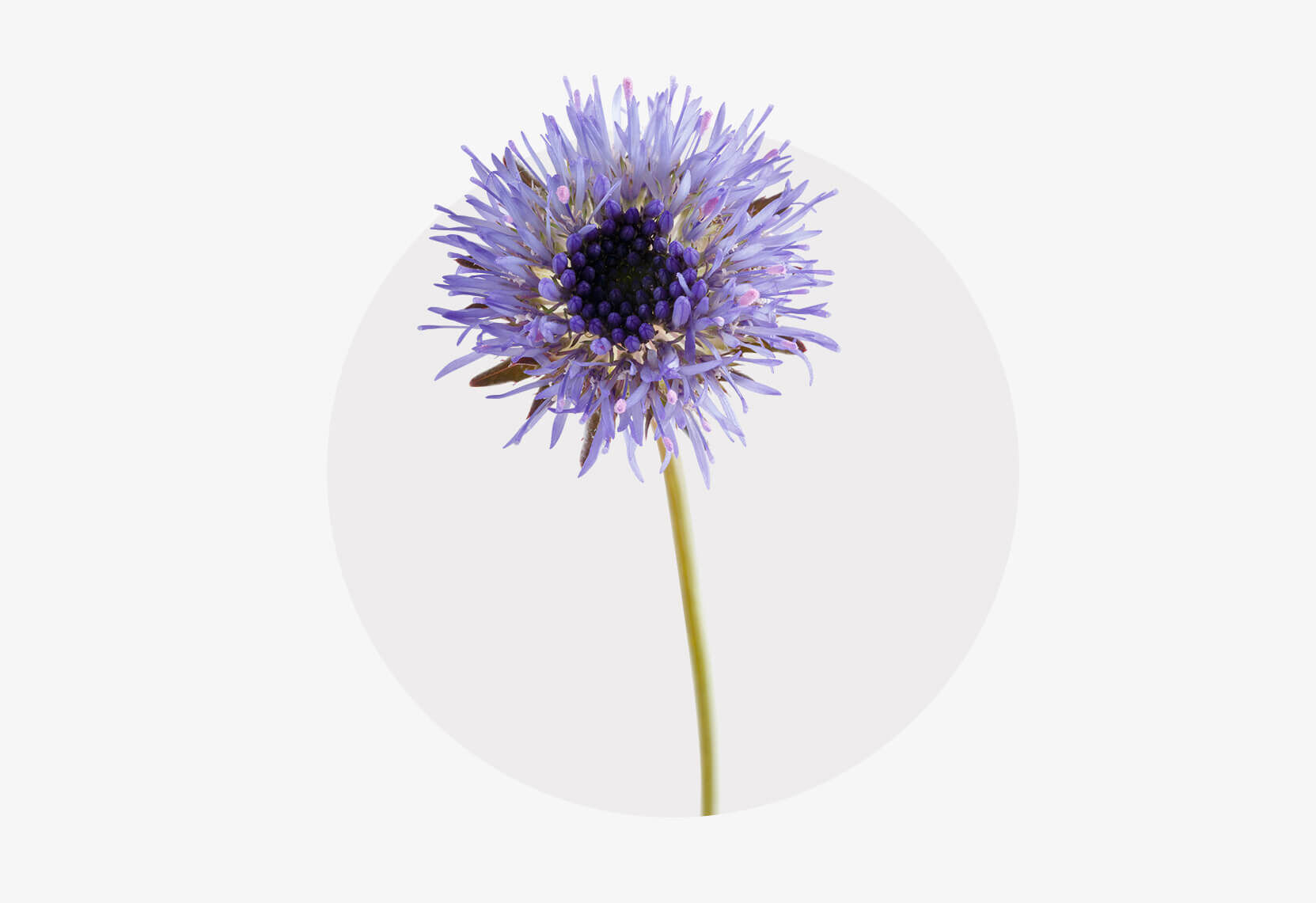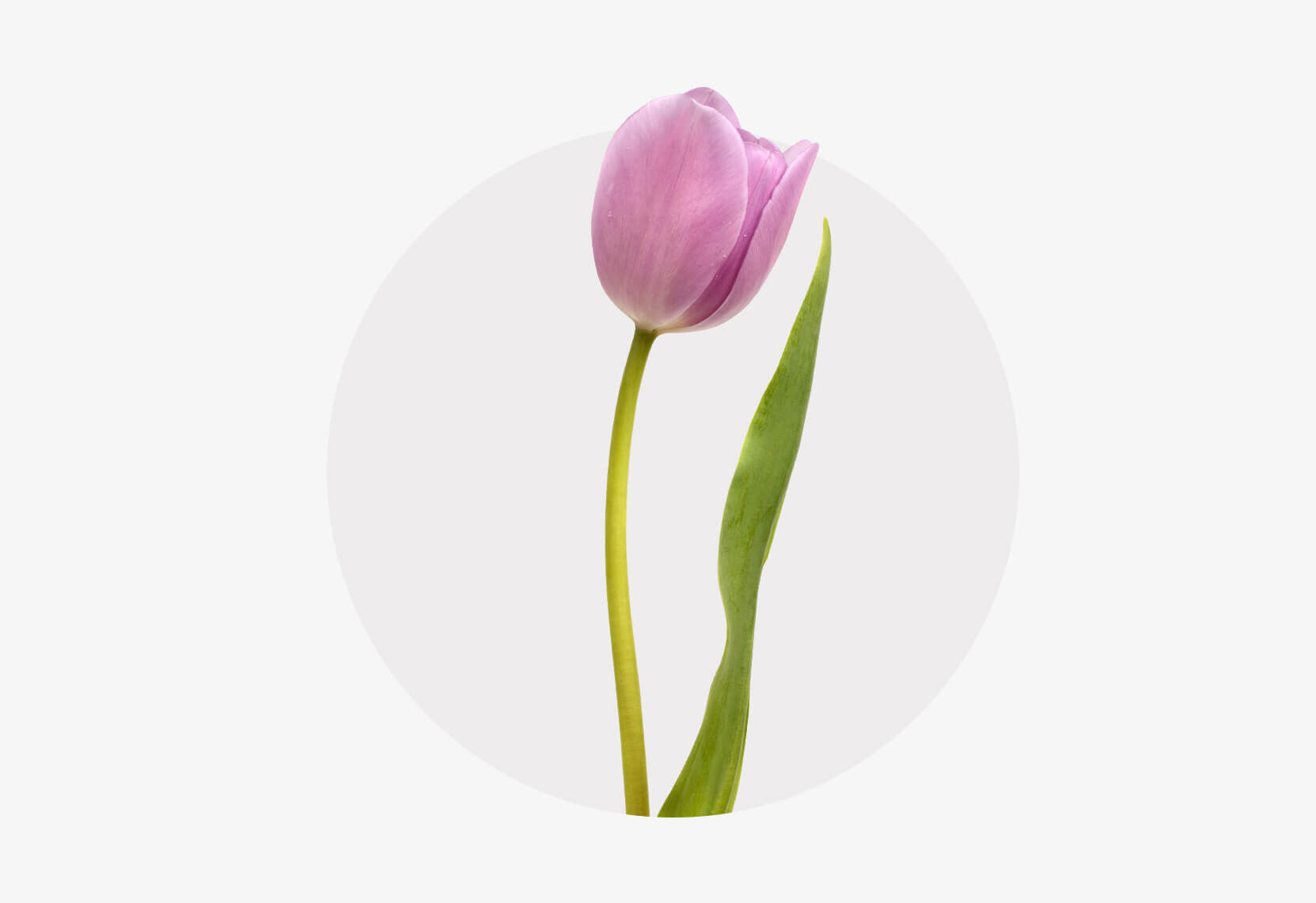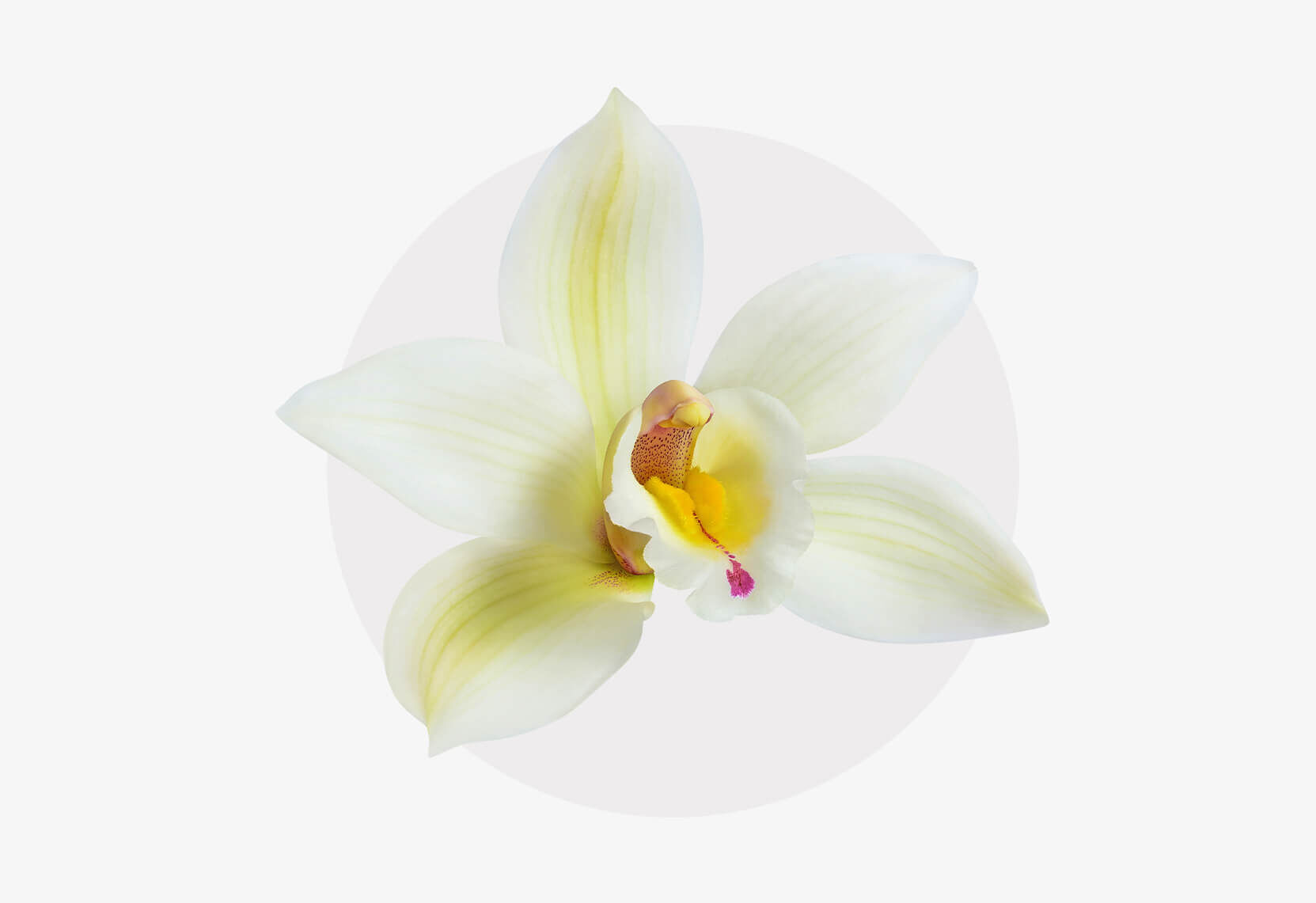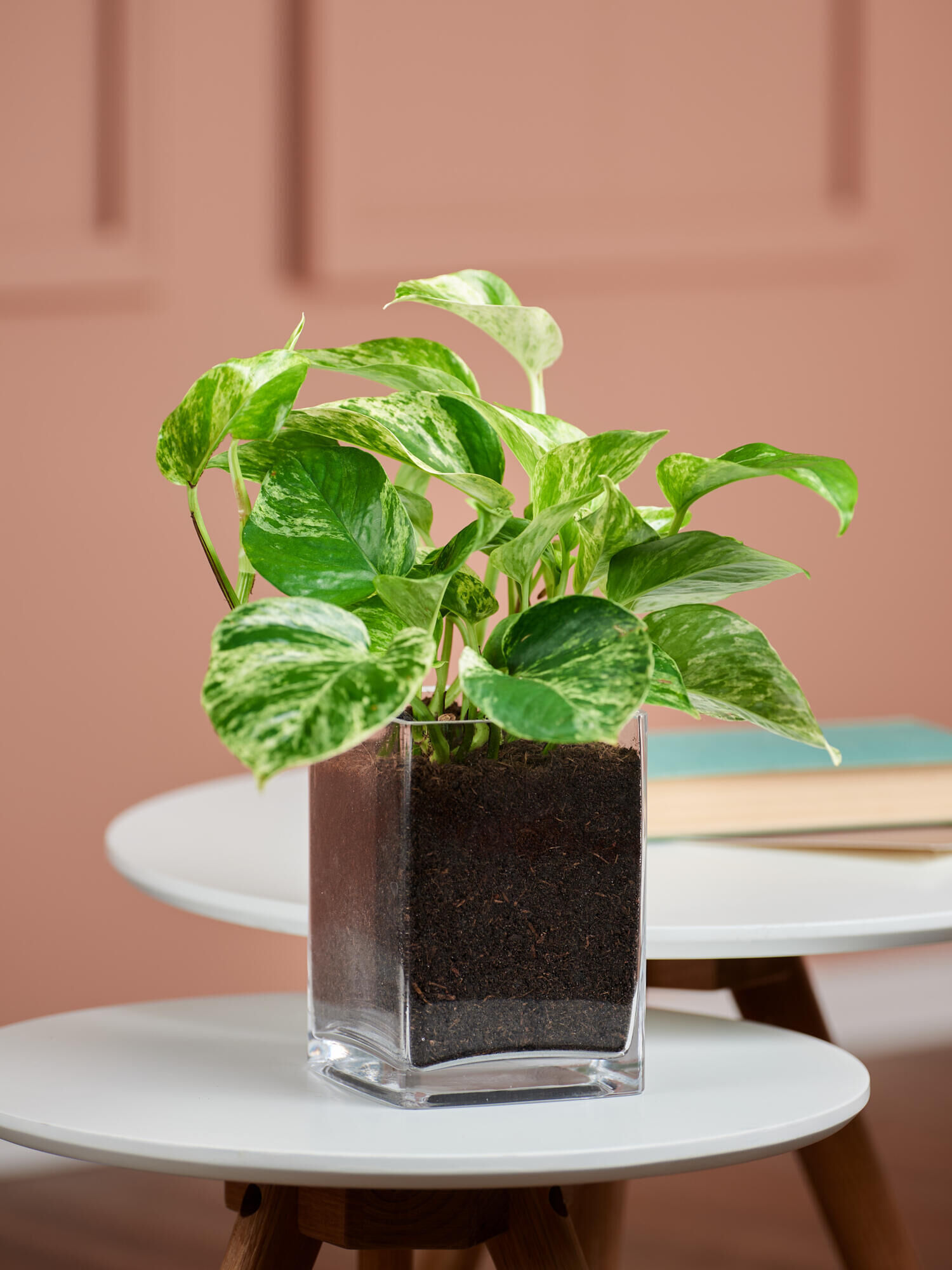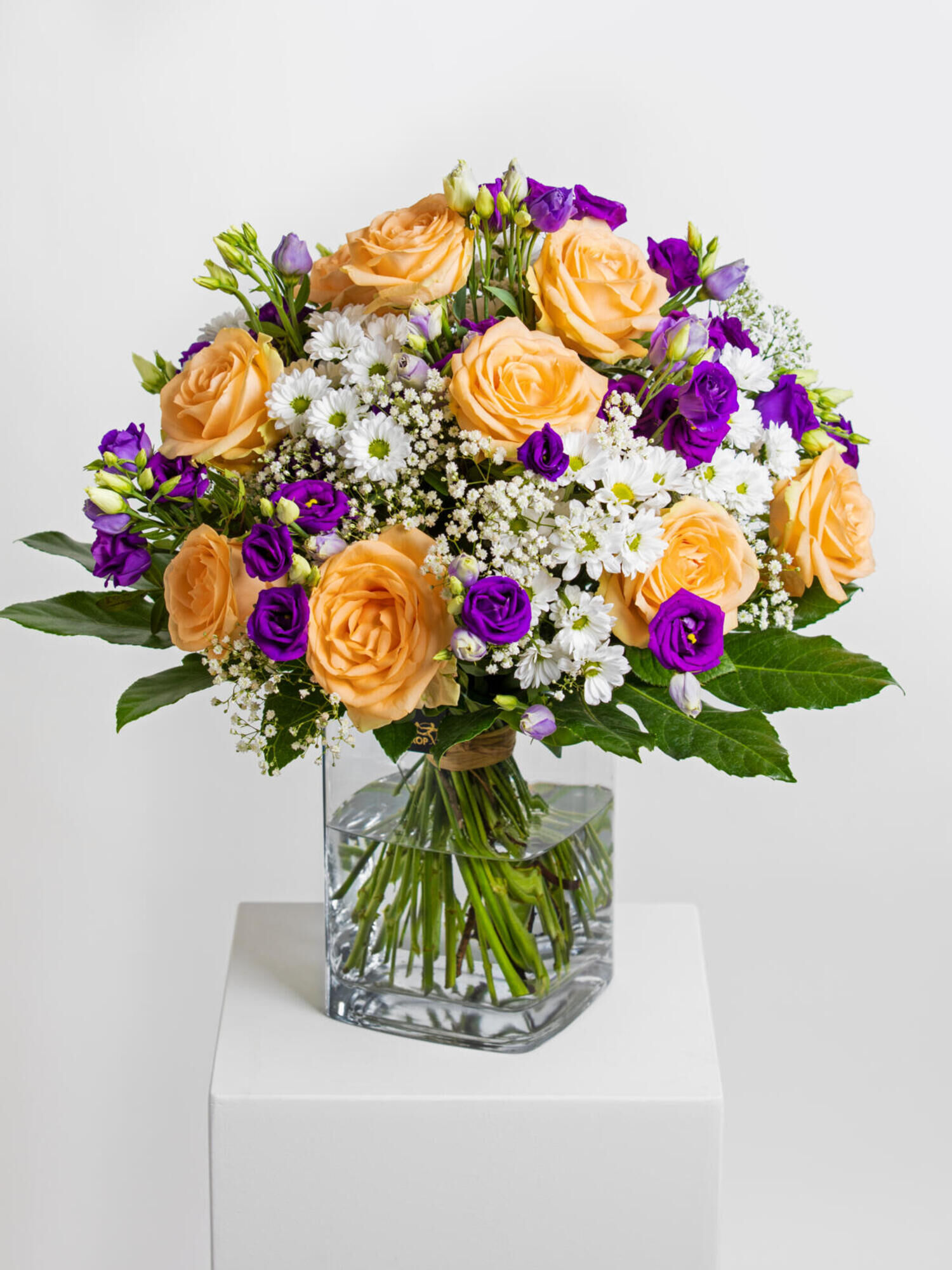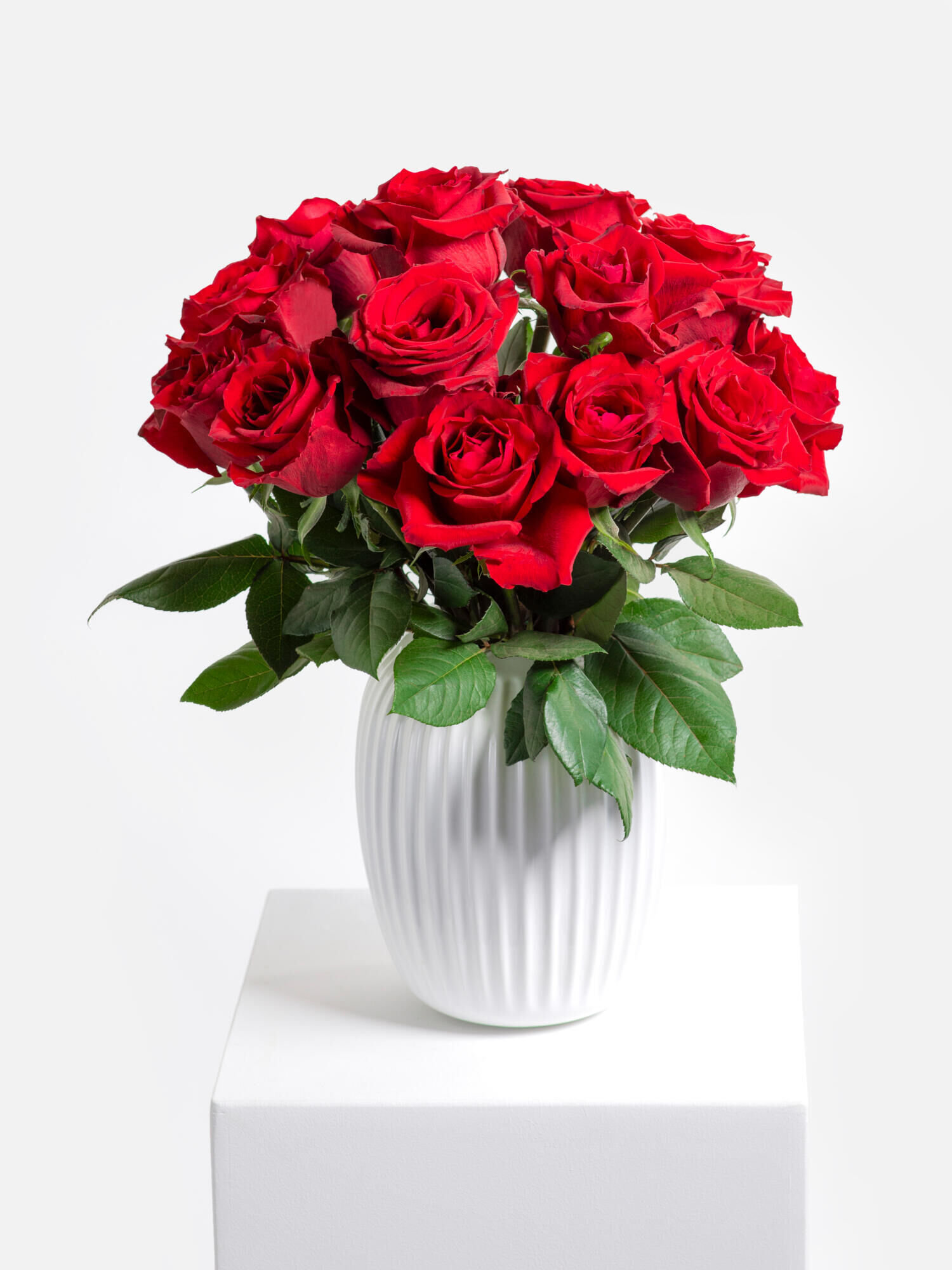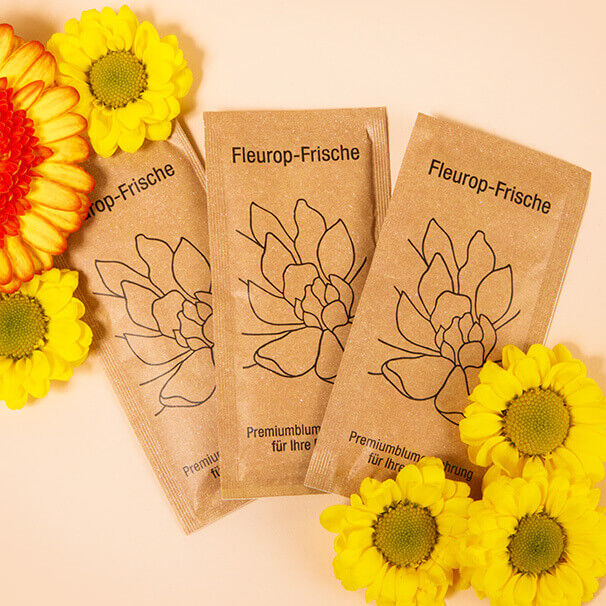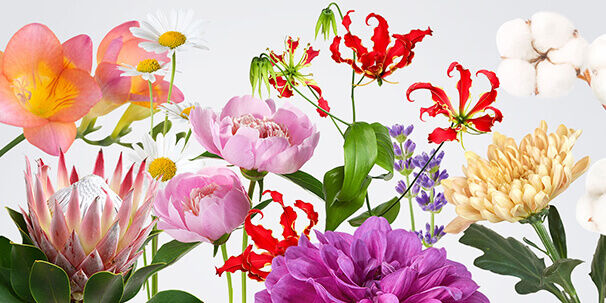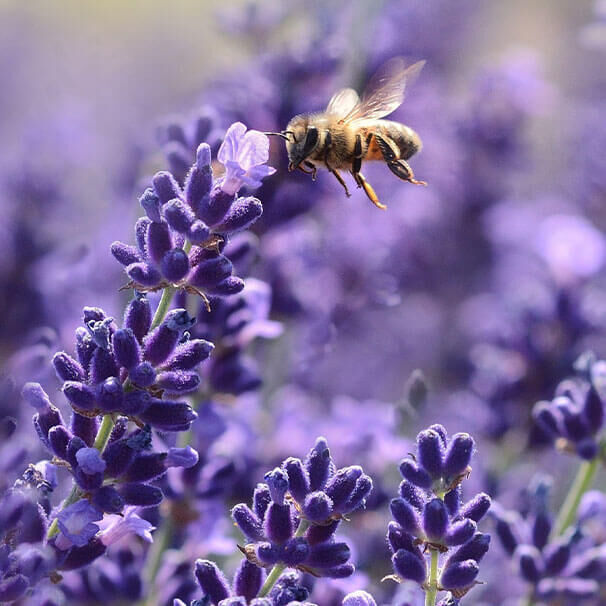Types of flowers

Explore the fascinating variety of flower types from A to Z and let their splendour inspire you to create new ideas!
Immerse yourself in the world of enchanting flowers whose names you may not yet know. Our comprehensive flower encyclopaedia will give you an insight into the origins of various cut flowers, their individual symbolic meaning and valuable tips on appropriate care.
Flower encyclopaedia:
Depending on the species and variety, ornamental leeks flower between April and September.
Amaranthus, the panicle foxtail, opens its flowers from June and blooms until October.
The amaryllis is the most popular flower at Christmas time.
The anemone - a delicate flowering dream that enchants the garden from spring to autumn.
The cotton plant produces soft fibres that are used to make textiles.
The bergenia brings the first splashes of colour after winter.
The calla is considered noble and is offered as a "flower of purity".
The flowering period of the Christmas rose extends from Christmas to February.
One flower - a thousand faces! Dahlias captivate with their richness of form and colour.
The flamingo flower is very popular here as a tropical houseplant and flowers almost all year round.
Freesia is a fragrant herald of spring that delights with its delicate, colourful flowers and unmistakable fragrance.
Geraniums are among the most popular bedding and balcony plants.
The gerbera is one of the most popular cut flowers. They are also available in a smaller version as Germini.
The tropical plant has developed into an exclusive trend flower and its shape is reminiscent of a crown.
During flowering, it delights us with its bright colours in purple, pink, red or white.
Especially in October, when many plants have already faded, the beauty of the heather comes into its own in nature.
Nature has a natural herb for almost every ailment.
Asters are one of the most popular autumn flowers alongside dahlias.
Hydrangeas are among the most popular cut flowers. Whether they bloom blue or pink in the garden depends on the mineral alum.
Third place among the bulb bloomers: the hyacinth. It impresses with its intense flower colour and spring fragrance.
Alstroemeria is one of the most popular cut flowers in the world.
Lavender not only attracts beneficial insects such as bumblebees, butterflies and bees, but is still one of the most valuable medicinal plants of all.
Levkoyas flower from June to September. Their unfilled flowers in particular provide food for bees and other insects.
Snapdragons are among the most popular summer flowers and can be found in many summer bouquets.
Lilies, especially the white lily, are not only a symbol of fertility and purity, but also of transience. This is why they are often used as an expression of deep compassion.
Practical if you work during the day and can only enjoy the garden or balcony in the evening.
With its bright yellow flower, the daffodil symbolises the ultimate beauty of spring.
The carnation impresses with its diversity, bright colours and symbolic history - a flower full of character and emotion.
The orchid is the queen of houseplants! No wonder: they look precious, exotic and graceful.
Peonies are among the most popular types of flowers. Especially as garden plants, but also as cut flowers in the vase, they are among the favourites.
The flowering period of the splendid clefthoof is in summer from June to September. The special thing about the splendour card: the spikes flower from top to bottom.
Around 115 different Protea species are known. One particularly beautiful species is the king protea.
When spring unfurls its full splendour, the colourful ranunculus shine brightly! The colour palette ranges from white, pale pink and yellow to orange, red and multi-coloured.
Delphinium is a real summer star in the garden - with its tall, elegant flower candles in blue, pink or white, it adds majestic lightness to any border.
Whether in the garden, on the patio or on the balcony - for many people, the "queen of flowers" is a must in flower beds, containers and tubs.
Red roses are THE symbol of love and passion and therefore a popular choice for a love greeting.
The chequerboard flower's appearance is already revealed in its name. Unfortunately, it is highly endangered and therefore may not be picked.
Gypsophila is mainly known as an accessory in cut flower bouquets. It delights with its many white or pink-coloured star-shaped flowers on delicate stems.
No other plants are as symbolic of summer as sunflowers. They bloom from July to October and can reach an impressive height of up to 2.5 metres.
These hardy plants offer a suitable variety for every garden lover.
The strelitzia is also known as the "parrot flower". It is often brought back as a souvenir from tropical holiday destinations.
As a caterpillar food and nectar plant, the devil's-bit scabious is very important in its habitat, especially for insects.
They are one of the most popular harbingers of the year, delighting us with their fresh, colourful flowers. Beautifully tied tulips are popular, ranging from plain white with a touch of eucalyptus to brightly coloured.
Everyone knows the flavouring vanillin as a flavour carrier in sweet foods. But did you know that vanilla is a genus of tropical and subtropical plants from the orchid family?
If you long for more southerly climes on cold winter days, you can create a Mediterranean oasis of citrus plants in your home.
Flowers that bloom all year round
There are some types of flowers that tend to bloom all year round. The continuous flowering of these plants depends on various factors, including climate, care, soil quality and location.
- Daisies: These cute flowers are often hardy and can bloom all year round in mild climates.
- Petunias: Petunias are summer flowers that can often bloom all year round in warm climates or in areas with mild winters.
- Geraniums: Geraniums are hardy plants that can flower continuously in some regions if they are protected from frost.
- Fuchsias: Fuchsias are popular flowering plants that can bloom all year round in mild climates, especially if they are sheltered.
- Bougainvillea: These colourful flowers can often be seen all year round in warm climates.
- Lavender: Lavender can flower all year round in warmer regions as long as it is well cared for.
- Irises: Some types of iris flower several times a year and can flower in different seasons.
- African daisies: These flowers are known for their long-lasting bloom and can bloom almost all year round in mild climates.
- Portulaca: These succulent plants usually flower throughout the summer, but can flower for longer in warmer climates.
- Roses: Some rose varieties, especially multi-flowering varieties, can flower almost all year round in warmer climates.
Frequently asked questions about flower types
There are an enormous number of flower species in the world and it is difficult to determine an exact number as new species are discovered and described while others may become extinct. However, it is estimated that there are several hundred thousand to over a million different species of flowers.
Some of the largest flower families are the orchids (Orchidaceae), the composite flowers (Asteraceae), the legumes (Fabaceae) and the lilies (Liliaceae). Each of these families in turn contains many genera and species. Some sources report over 25,000 species of orchids alone.
It is important to note that the number of flower species varies constantly as scientific research continues to make new discoveries and the classification of species is revised. The diversity of flower species is an impressive example of the biodiversity on our planet.
Some flowers are particularly popular around the world due to their beauty, symbolism and diverse uses. Here are some of the most popular flowers:
- Roses: Roses are probably one of the best-known and most popular flowers of all. They symbolise love, romance and beauty. There are many different colours and varieties of roses.
- Tulips: Tulips are known for their many colours and shapes. They are a symbol of spring and are often associated with new beginnings and joy.
- Sunflowers: Sunflowers are known for their eye-catching, large flower heads and their tendency to turn towards the sun. They symbolise joy and optimism.
- Lilies: Lilies have an elegant appearance and are available in different colours. They symbolise purity, elegance and renewal.
- Gerbera: These colourful flowers are popular because of their cheerful colours and large flower heads. They symbolise joy and innocence.
- Carnations: Carnations are popular as cut flowers due to their variety of colours and long shelf life. They symbolise love and admiration.
- Orchids: Orchids are considered exotic and elegant. They symbolise beauty, love and luxury.
- Violets: Violets are often appreciated for their delicate flowers and sweet fragrance. They symbolise modesty and loyalty.
- Lavender: Lavender is valued for its calming fragrance and its many uses. It symbolises peace and relaxation.
- Cherry blossoms: In many cultures, cherry blossoms symbolise the beauty and transience of life. They are particularly important in Japanese culture.
There are many types of flowers that are edible and can be used in the culinary world. Here are some examples of edible flowers:
- Daisy (Bellis perennis): The petals of daisies are edible and can be added to salads, soups and desserts.
- Violets (Viola spp.): Violet flowers have a sweet fragrance and can be used to decorate desserts, salads and drinks.
- Marigolds (Calendula officinalis): Marigold flowers are edible and have a slightly spicy flavour. They can be added to salads, rice dishes and soups.
- Lavender (Lavandula spp.): Lavender flowers can be used in small quantities in pastries, desserts and drinks.
- Nasturtium (Tropaeolum majus): Both the flowers and the leaves of the nasturtium are edible and have a spicy, peppery flavour. They are ideal for salads.
- Borage (Borago officinalis): The blue flowers of borage have a slightly refreshing flavour and can be added to salads and drinks.
Caution: Although the flowers are edible, they still contain toxins, which is why consumption, especially in large quantities, is not recommended nowadays. A single flower, however, would be acceptable.
- Roses (Rosa spp.): Rose petals are edible and are often used to decorate desserts, pastries and drinks.
- Daylilies (Hemerocallis spp.): The flower buds and petals of daylilies are edible and can be cooked in various dishes.
- Hibiscus (Hibiscus sabdariffa): The flowers of the hibiscus are often used to make tea and refreshing drinks.
- Basil flowers (Ocimum basilicum): The flowers of basil plants are edible and have a mild basil flavour.
Please note that not all flowers are edible. Some flowers may be poisonous or contain unpleasant flavours. If you want to use flowers for consumption, make sure that you buy them from a safe source and that you are aware of any allergic reactions or toxicity. Only ever use flowers that are known to be safe to eat and only use them in moderation to ensure safe preparation.














